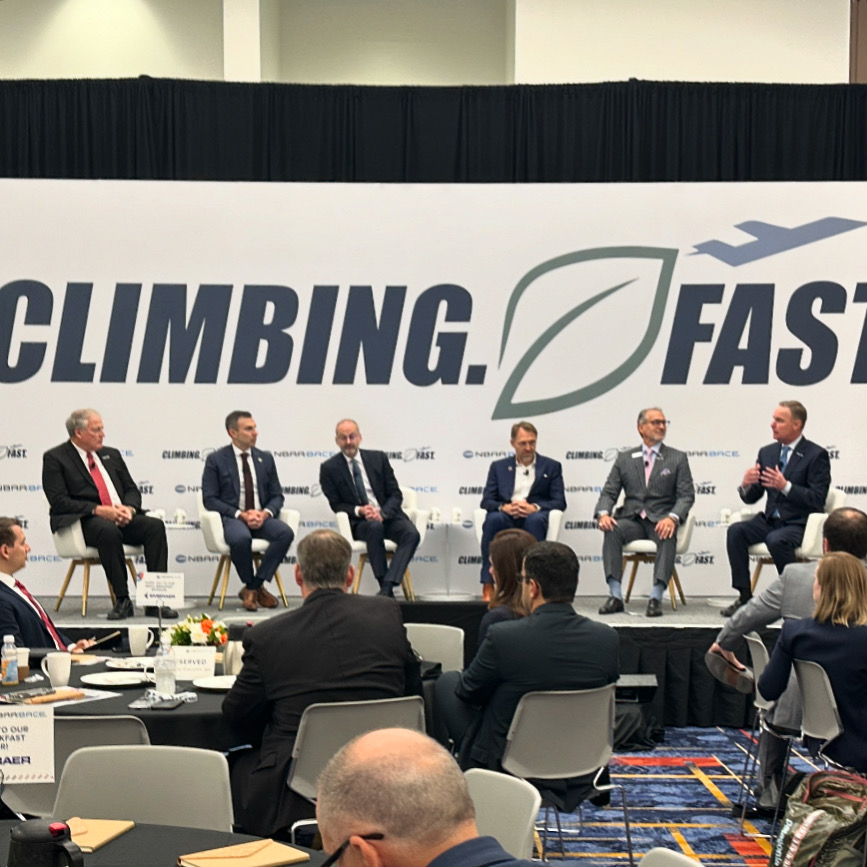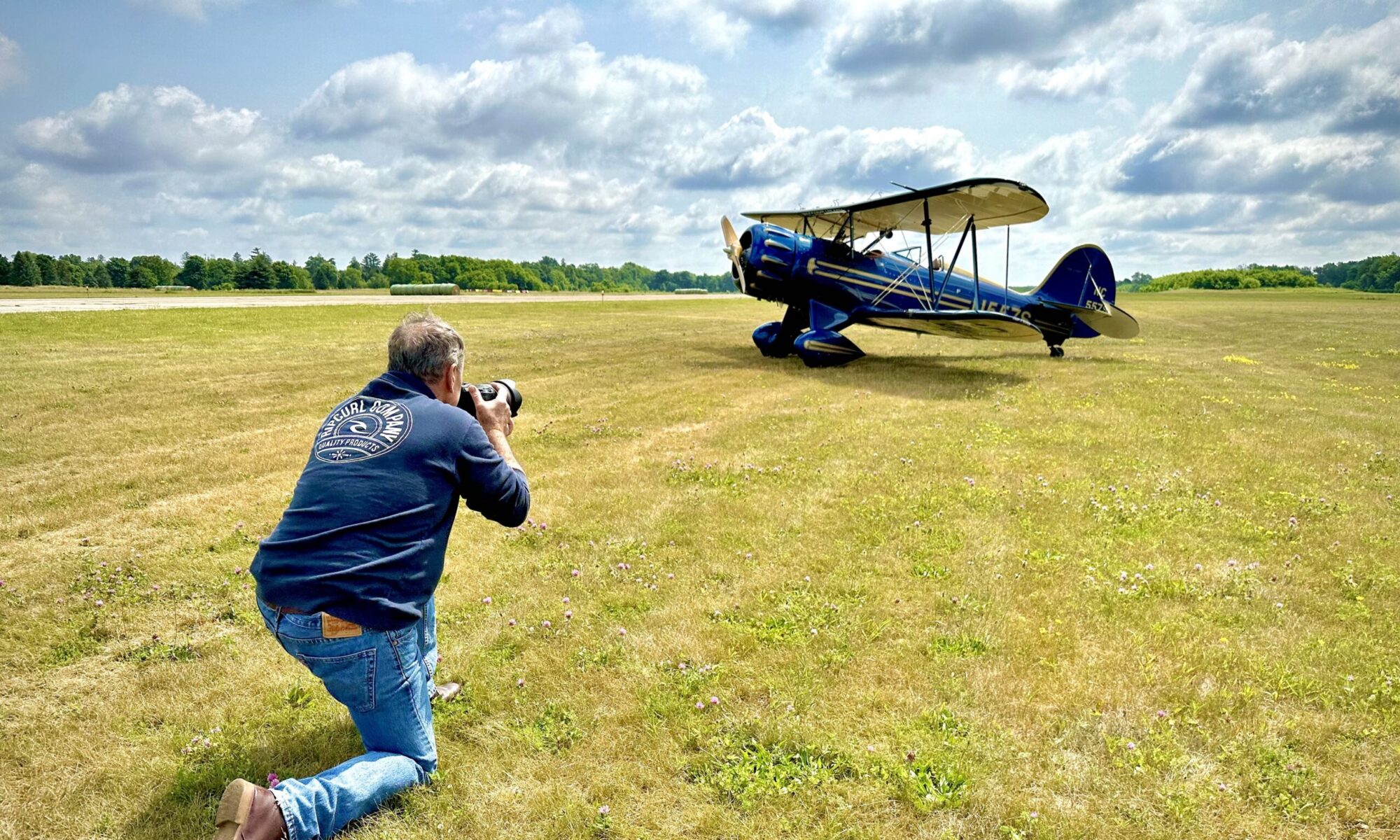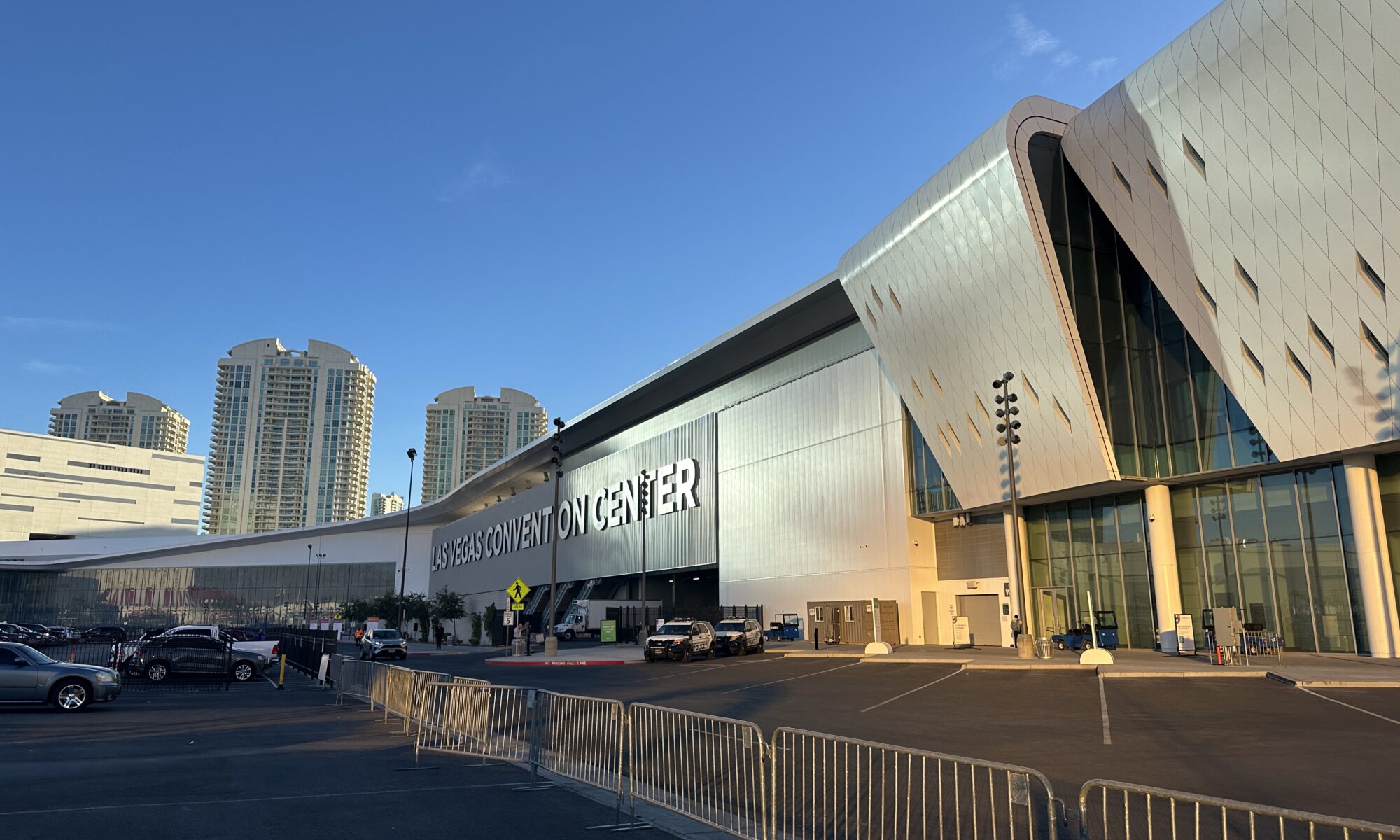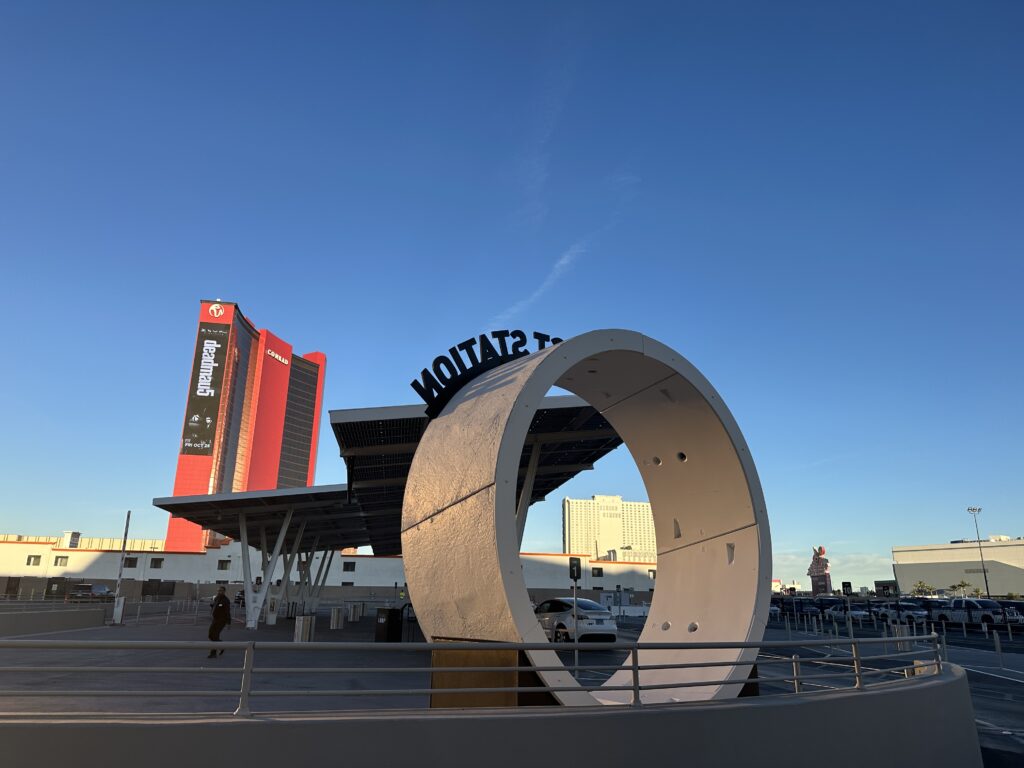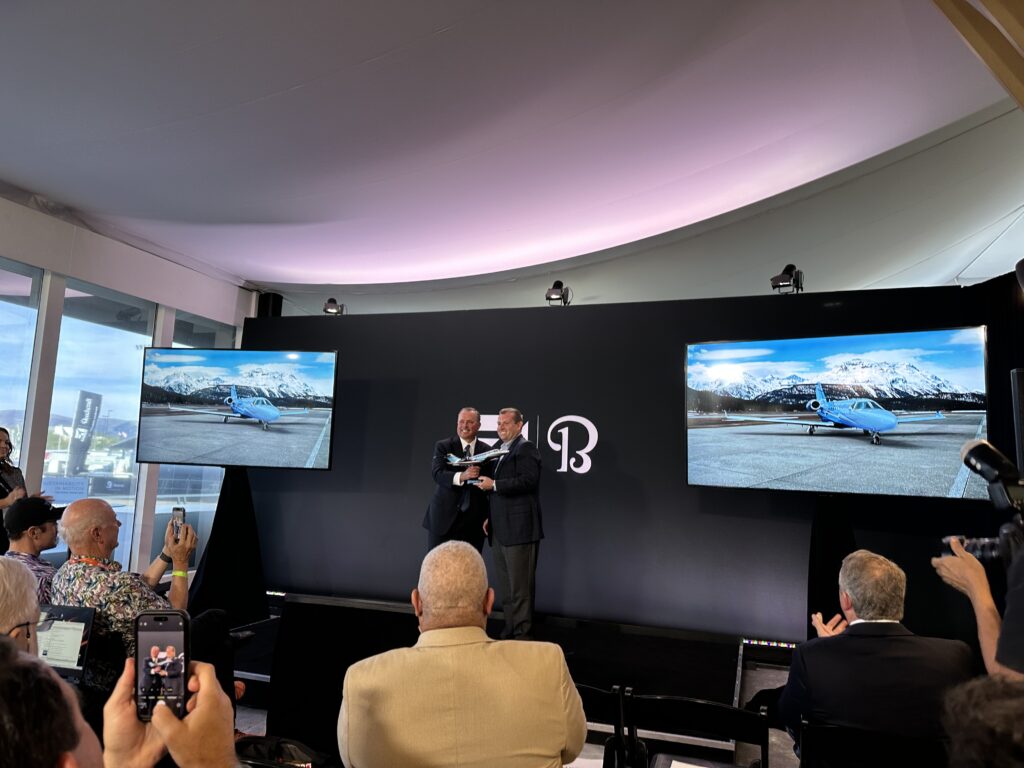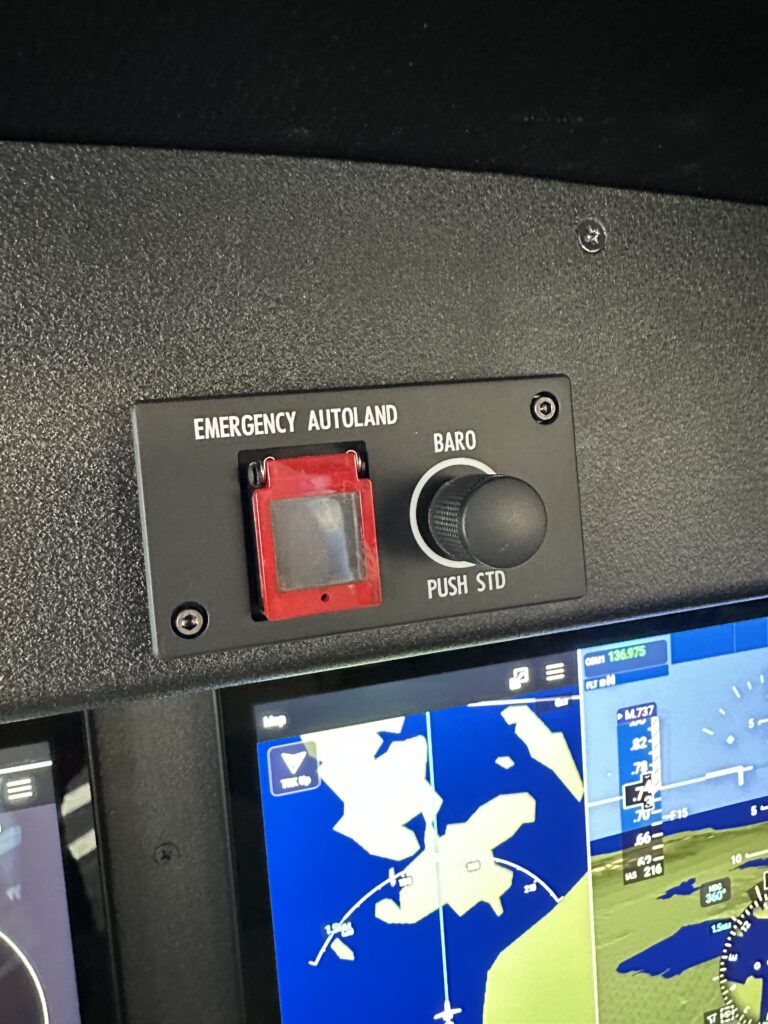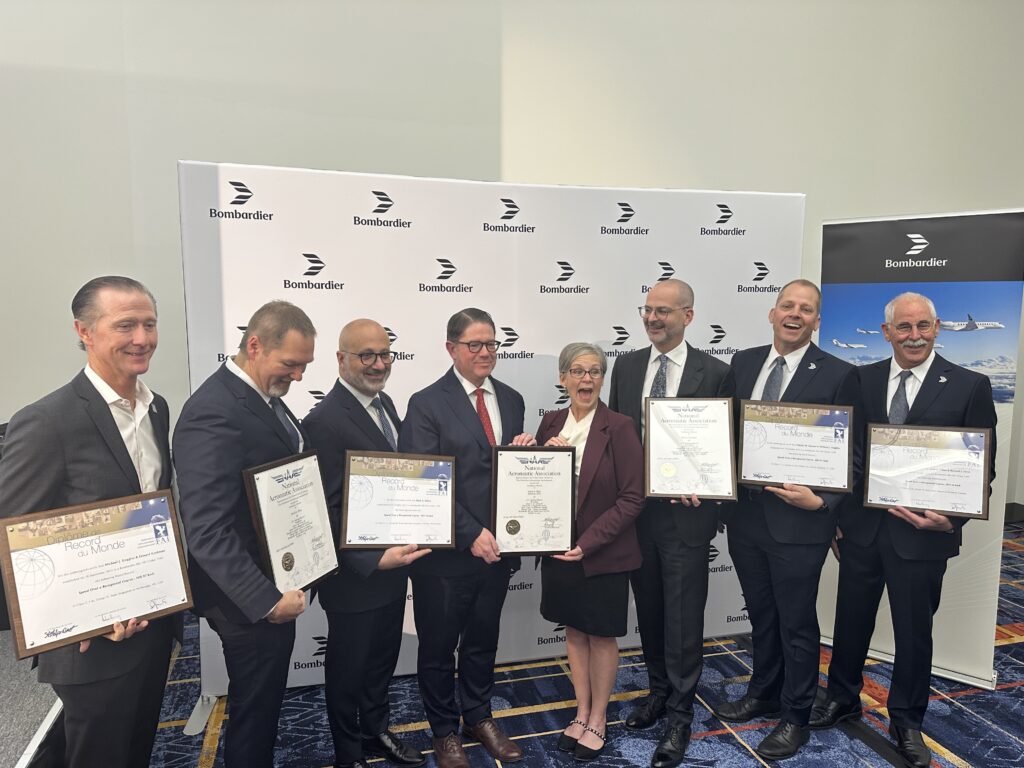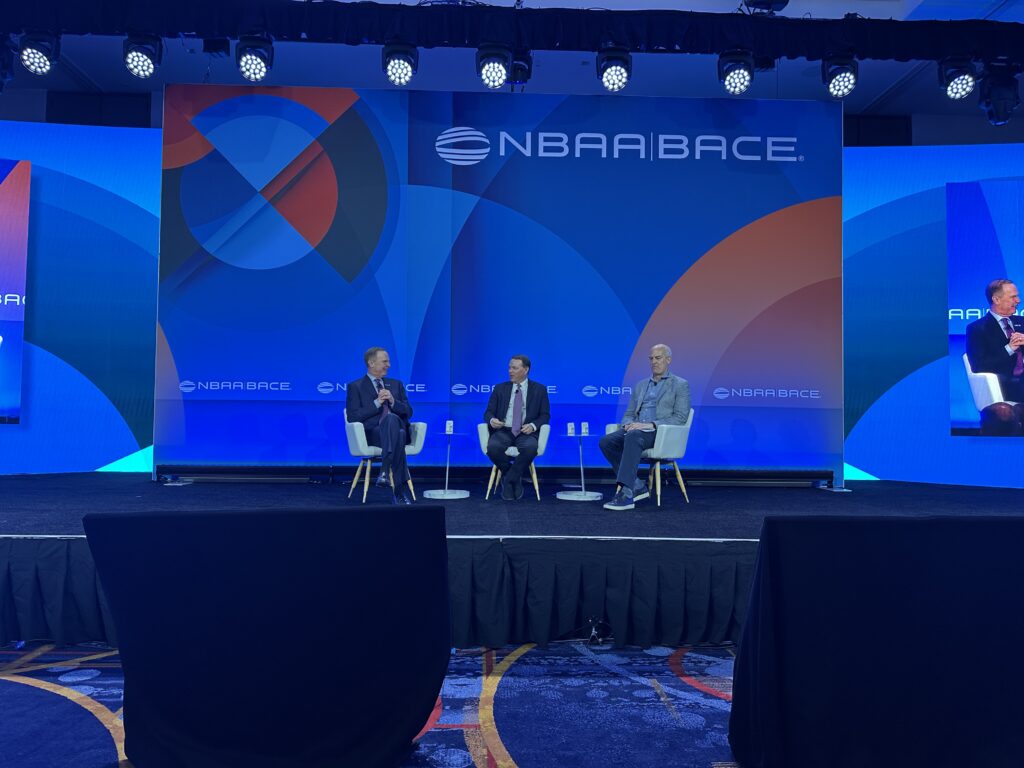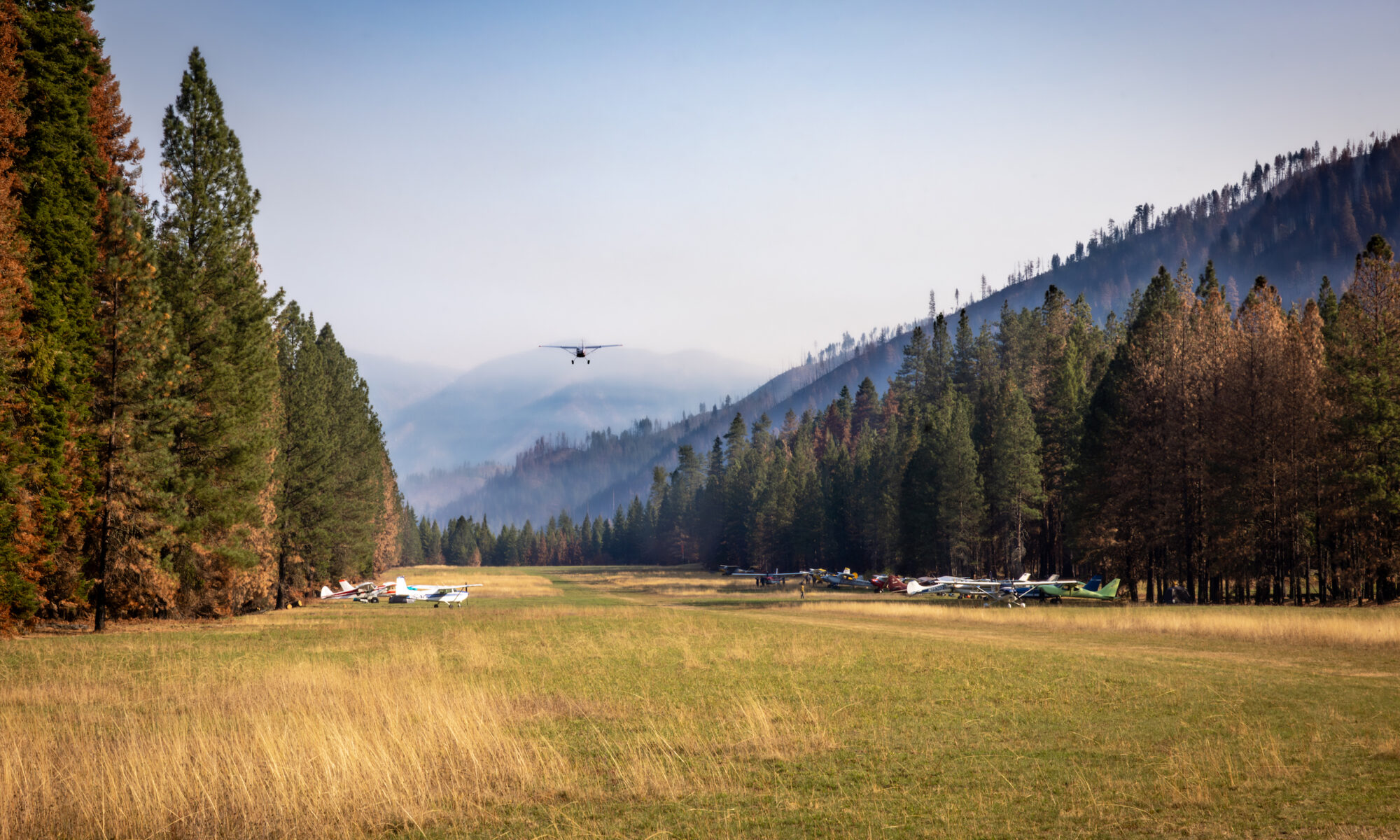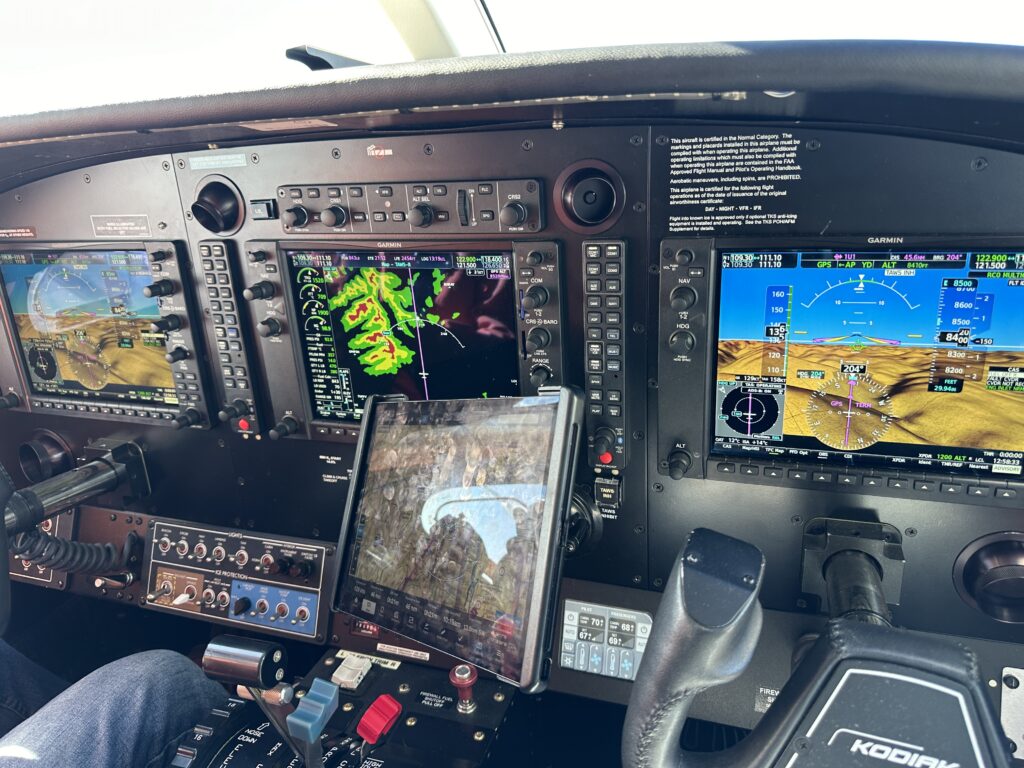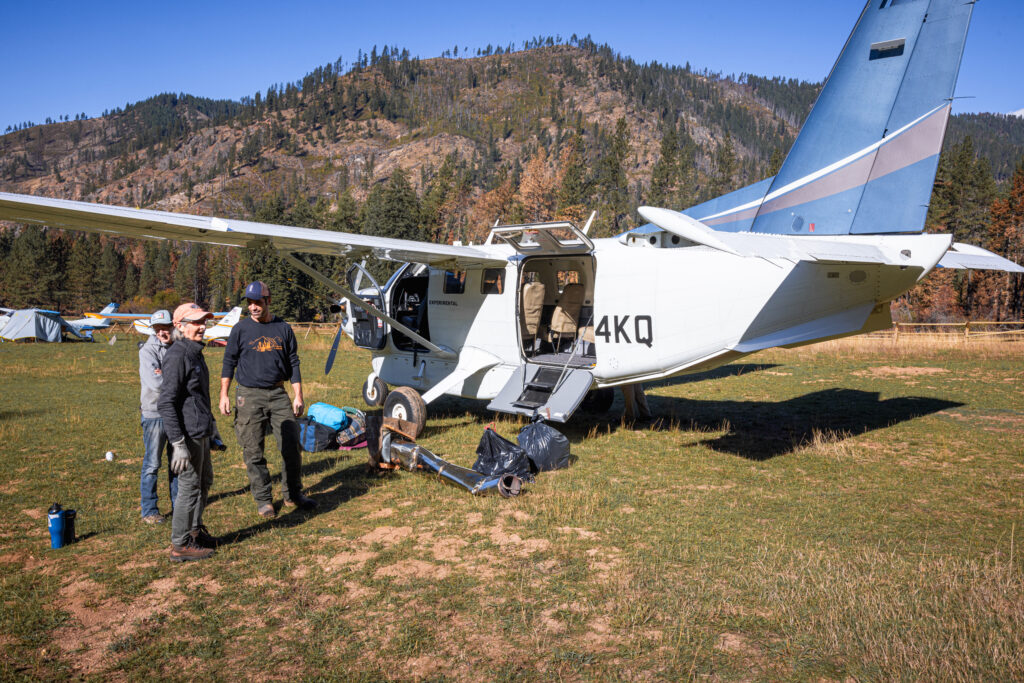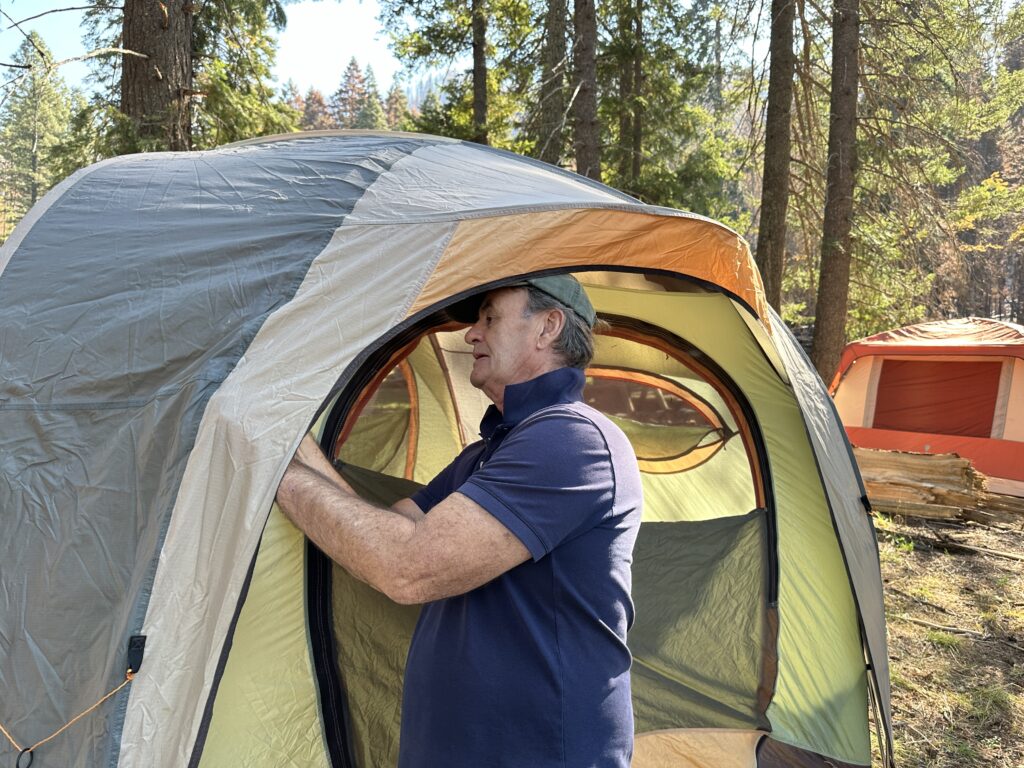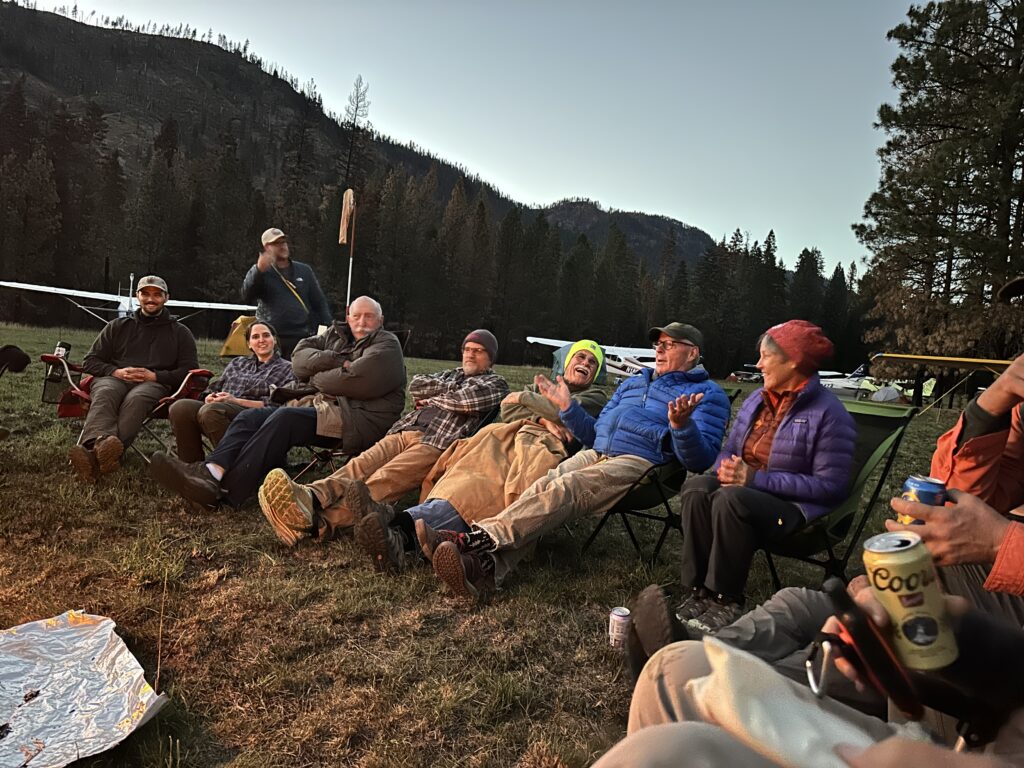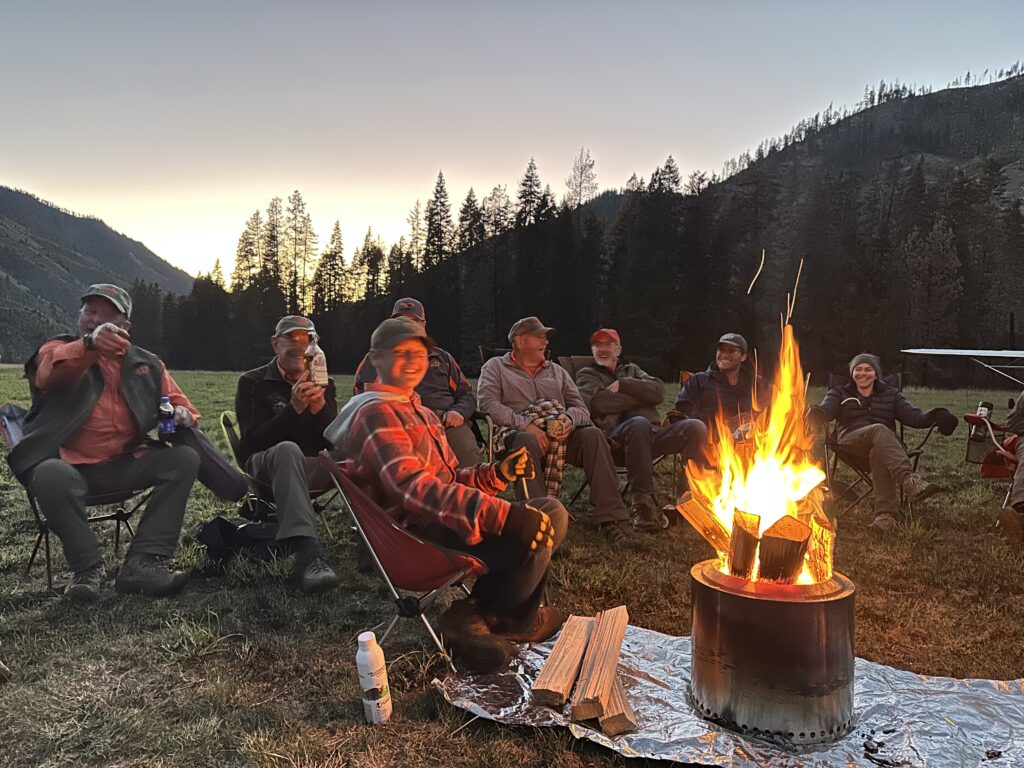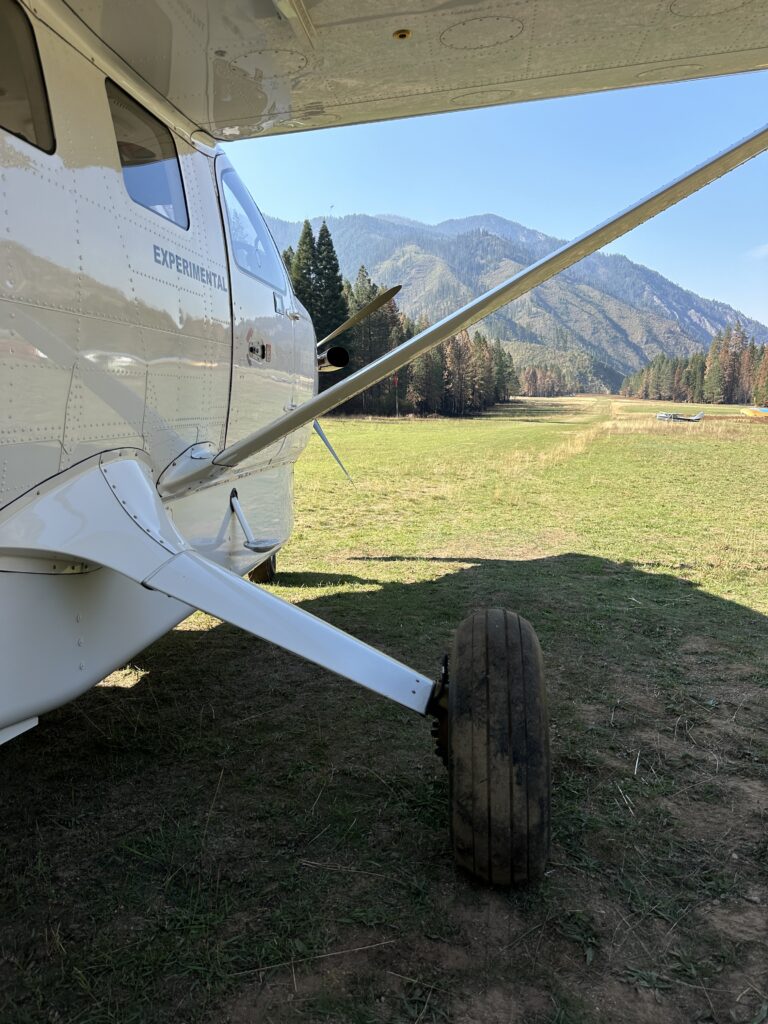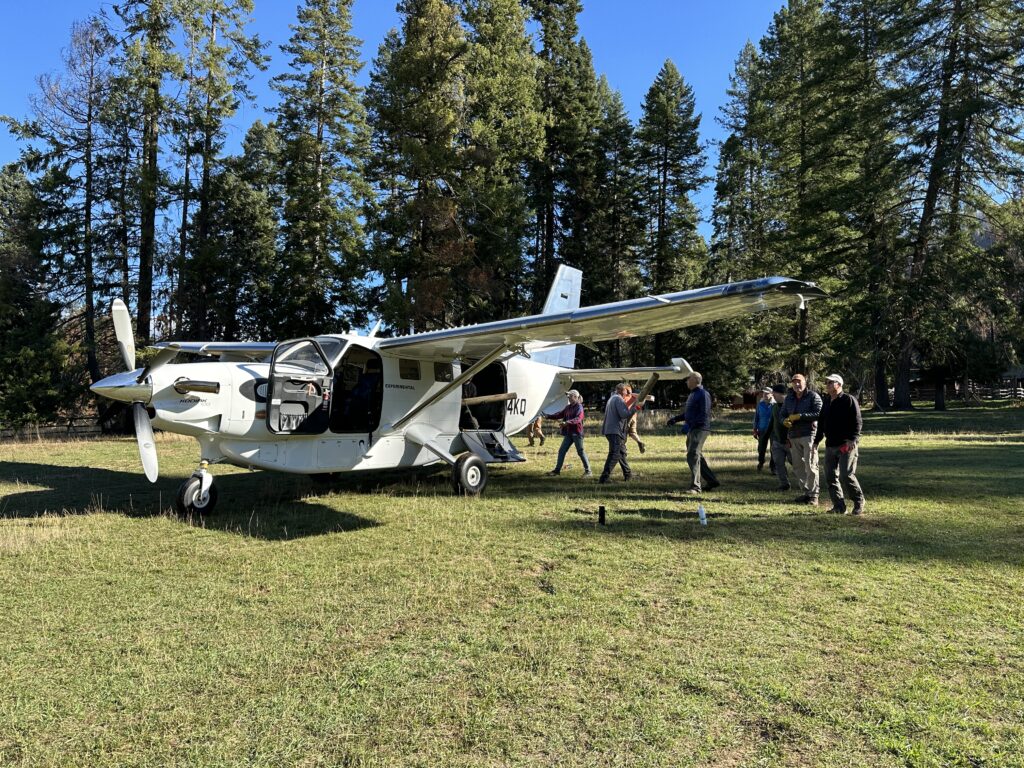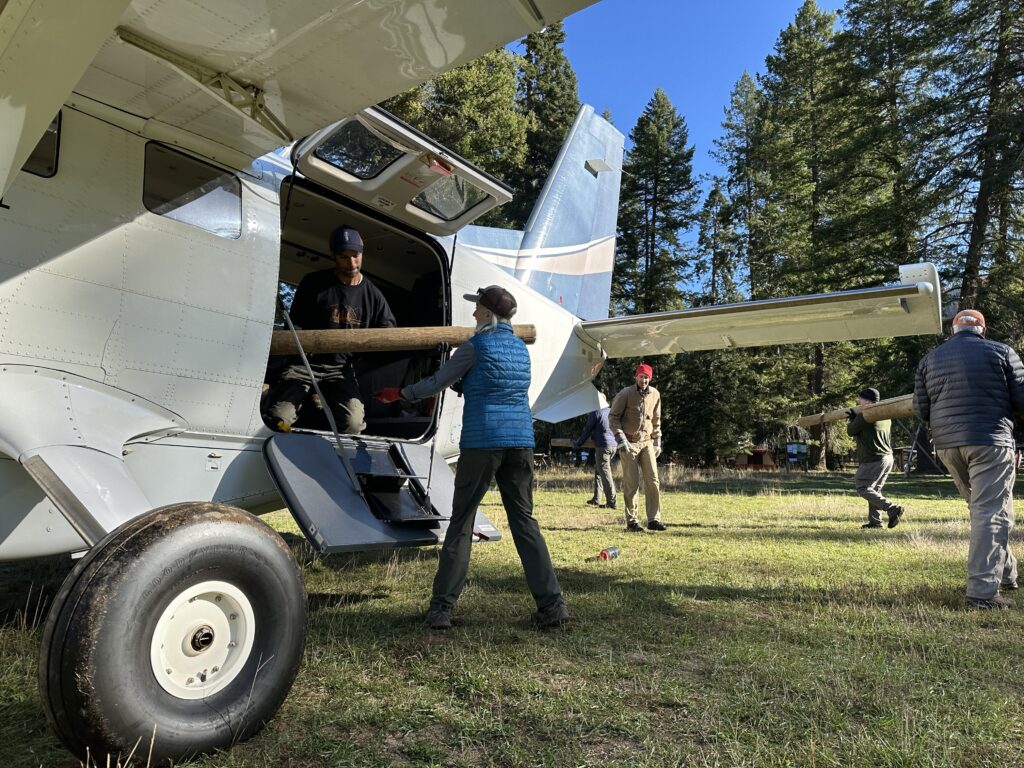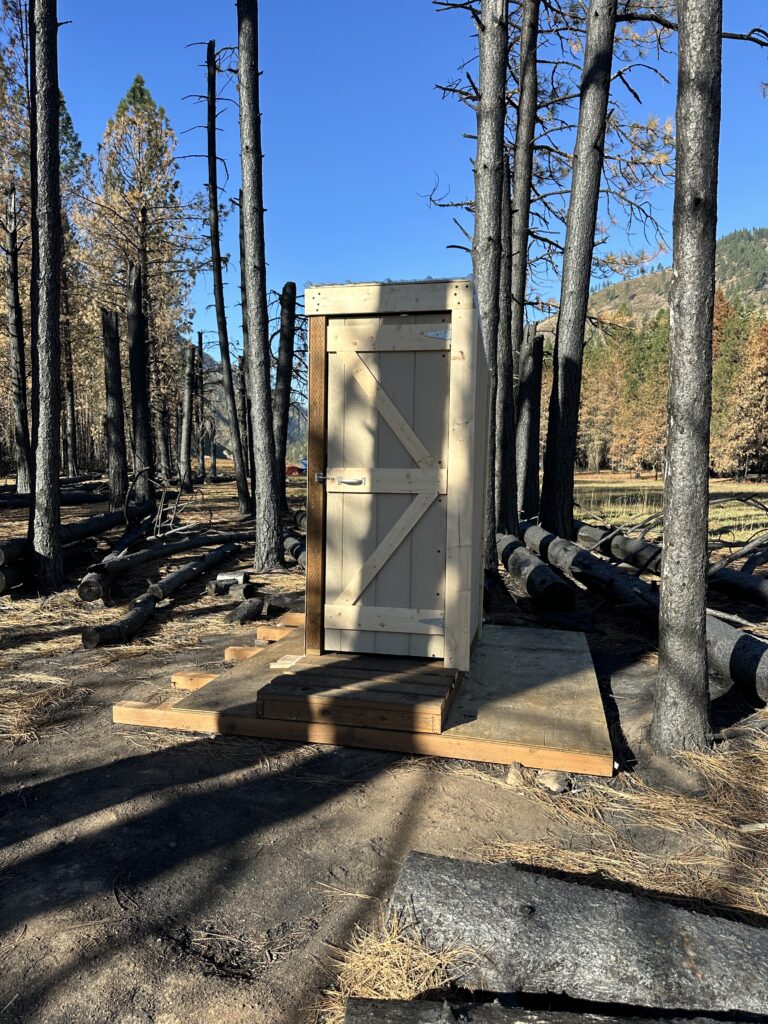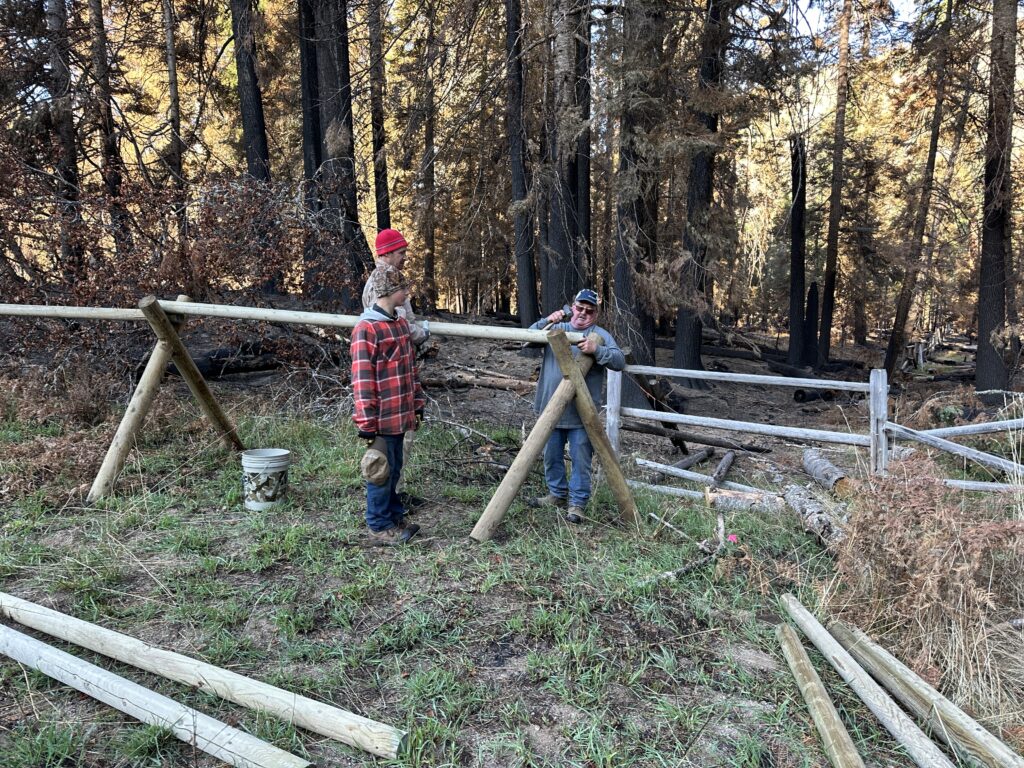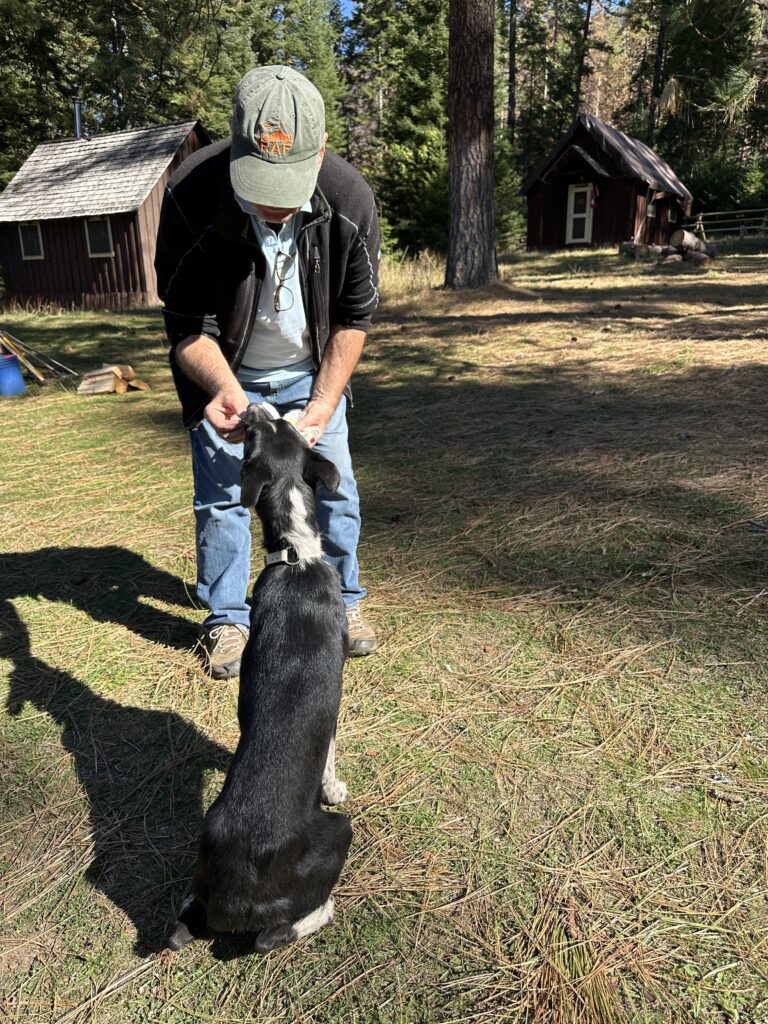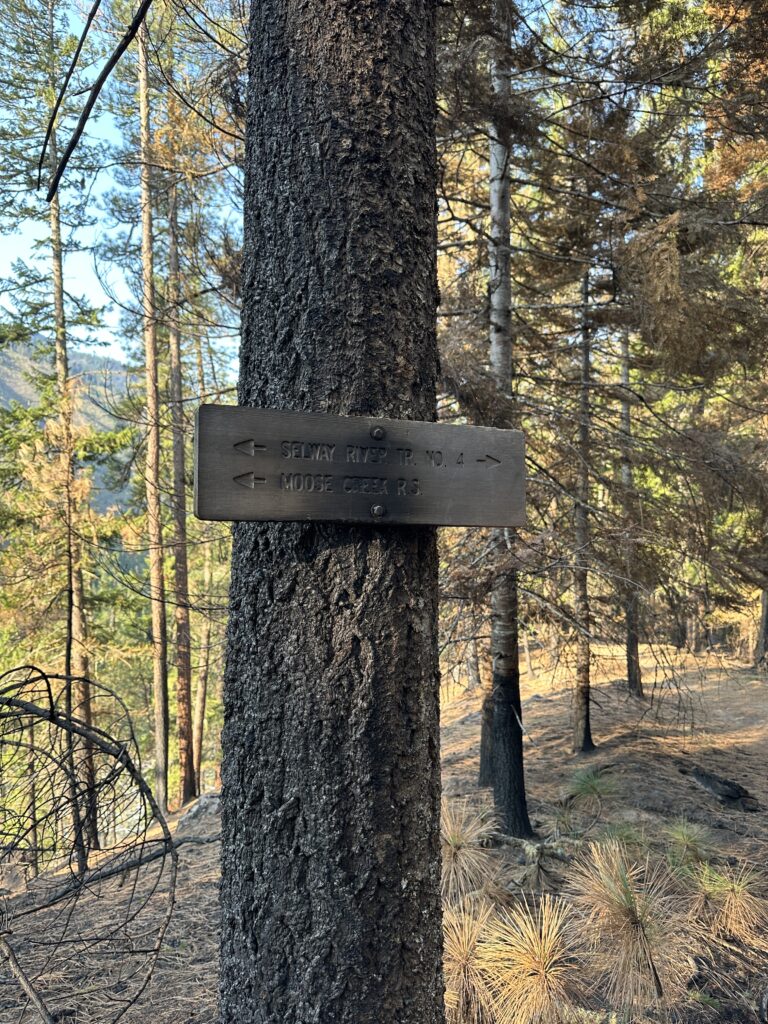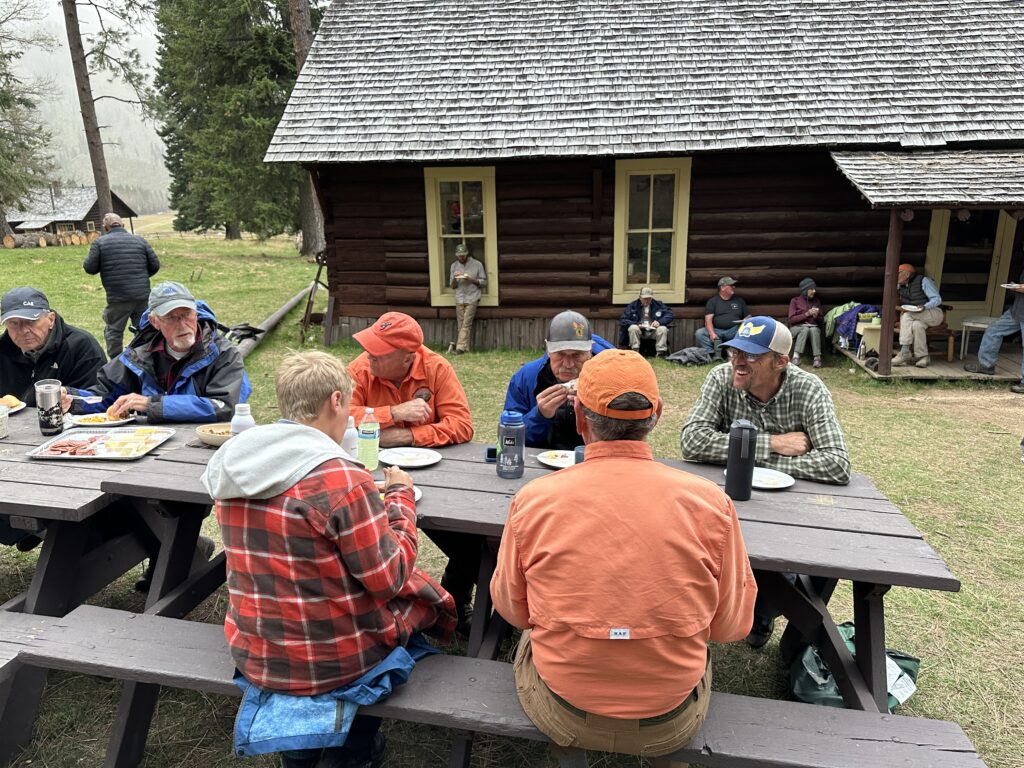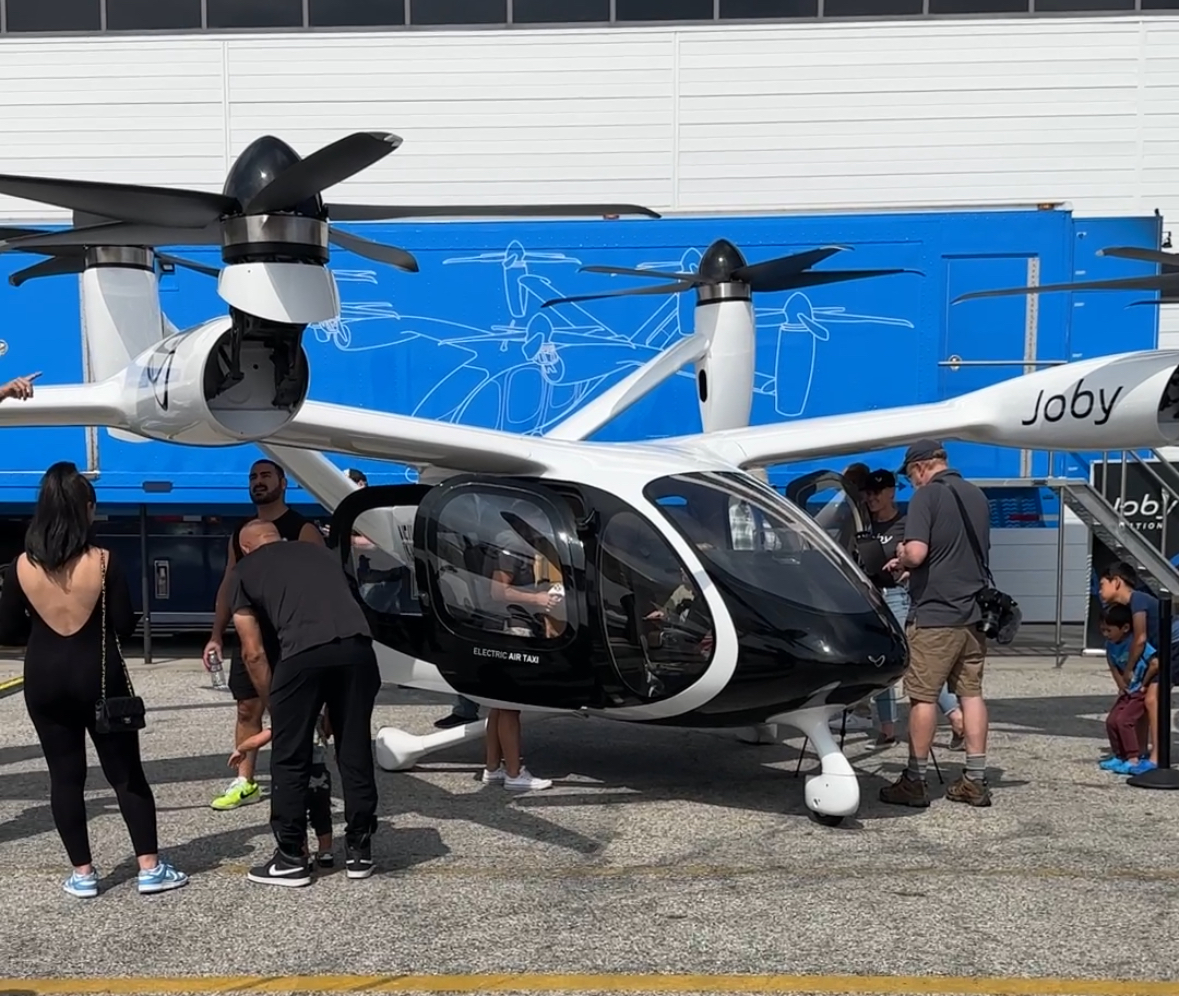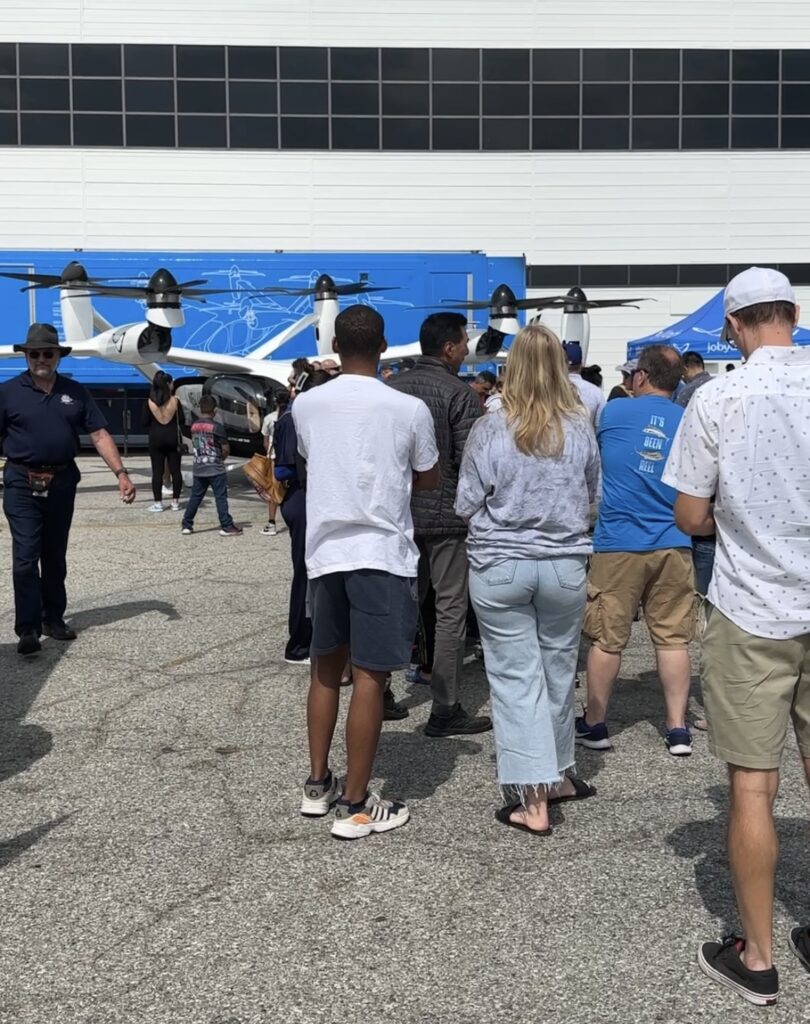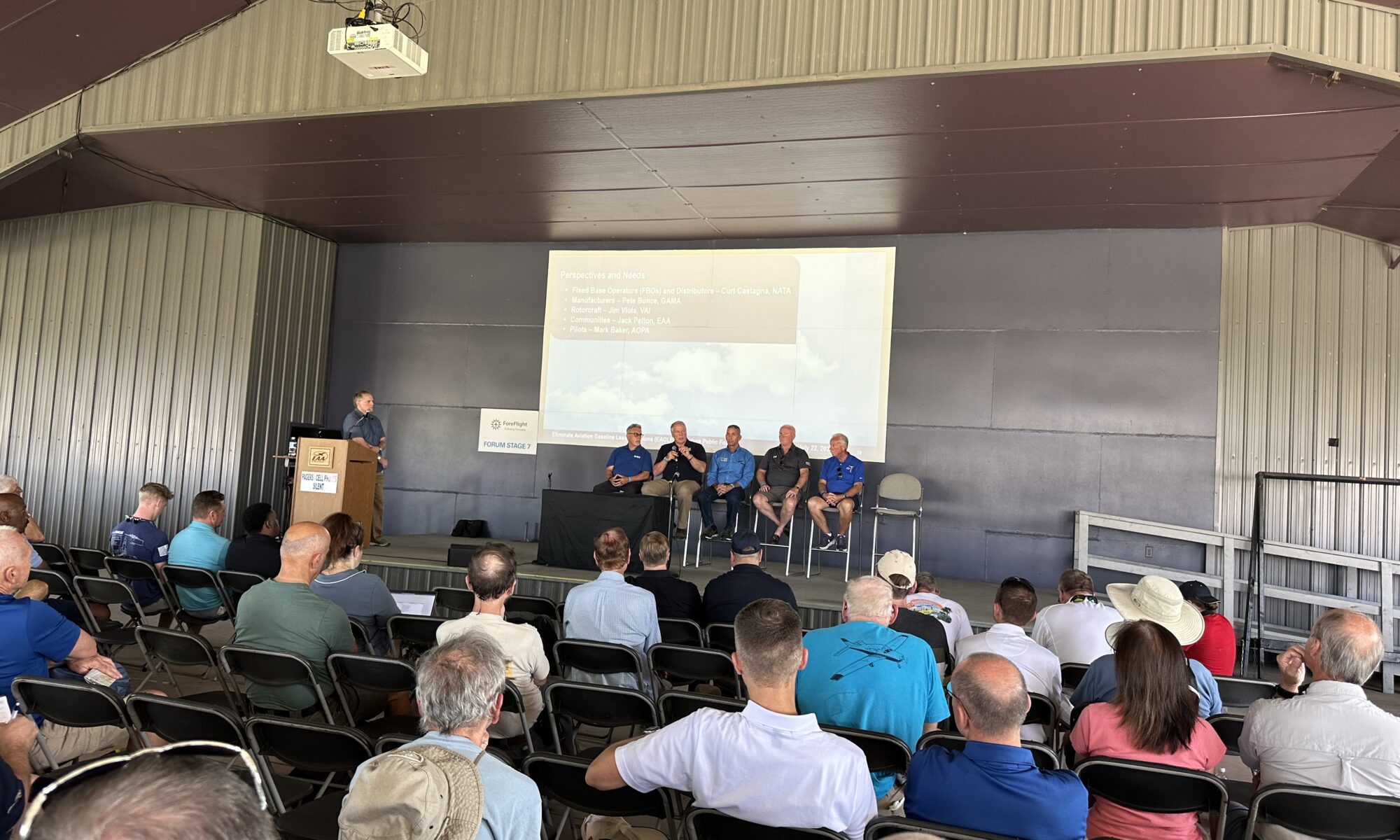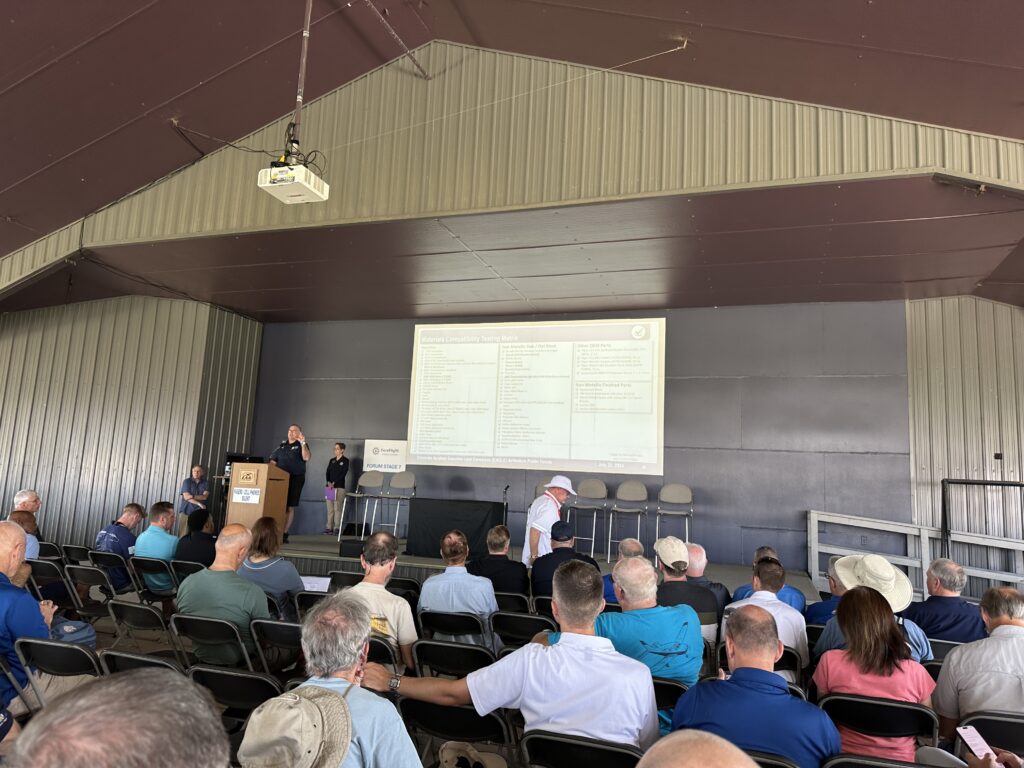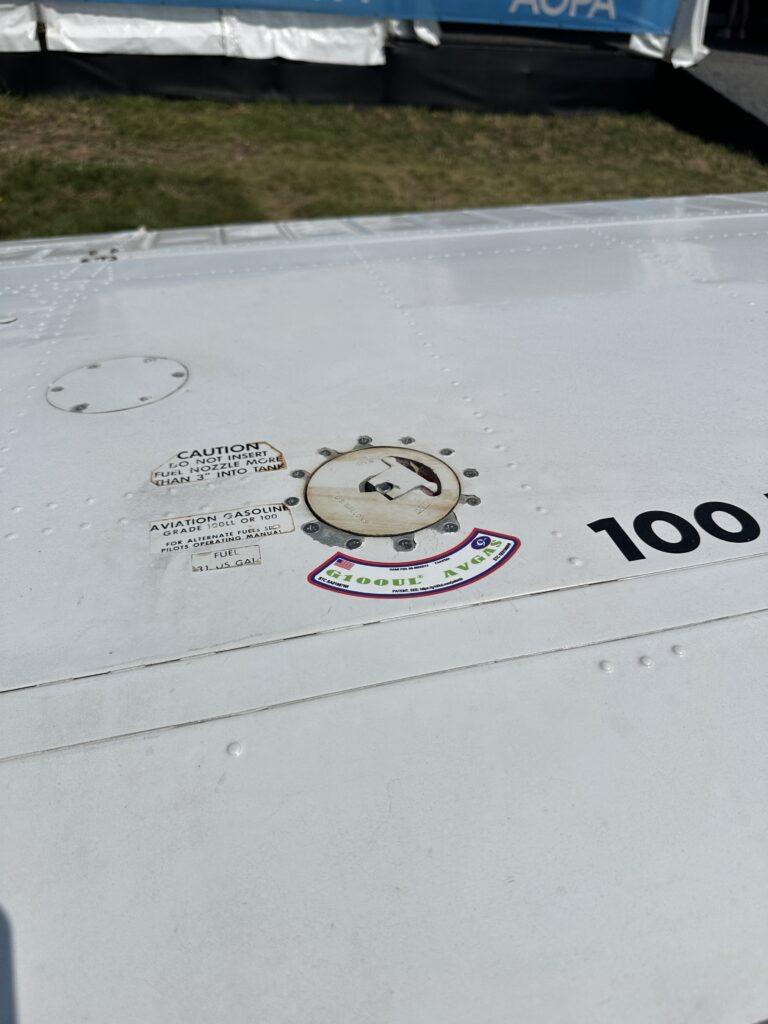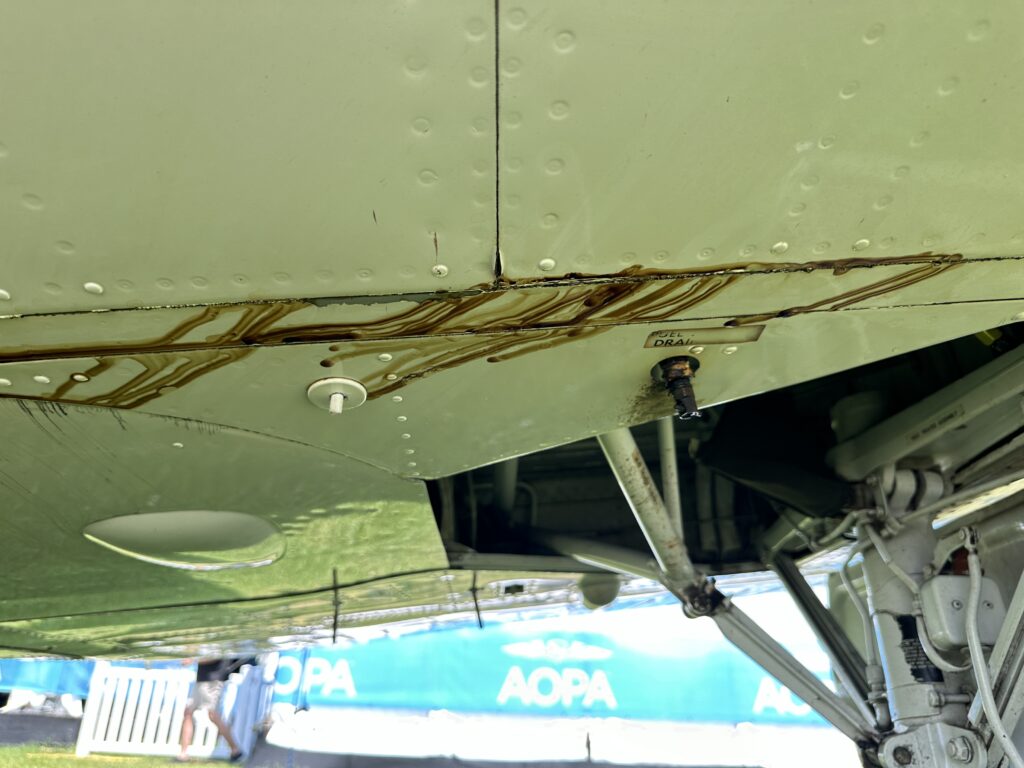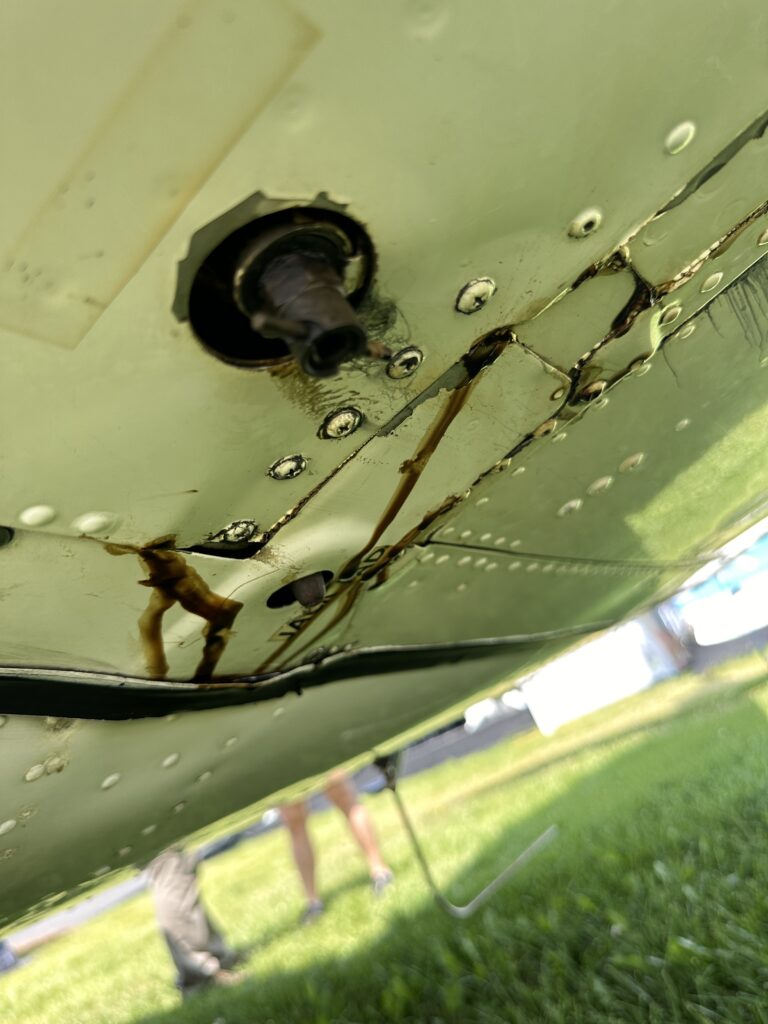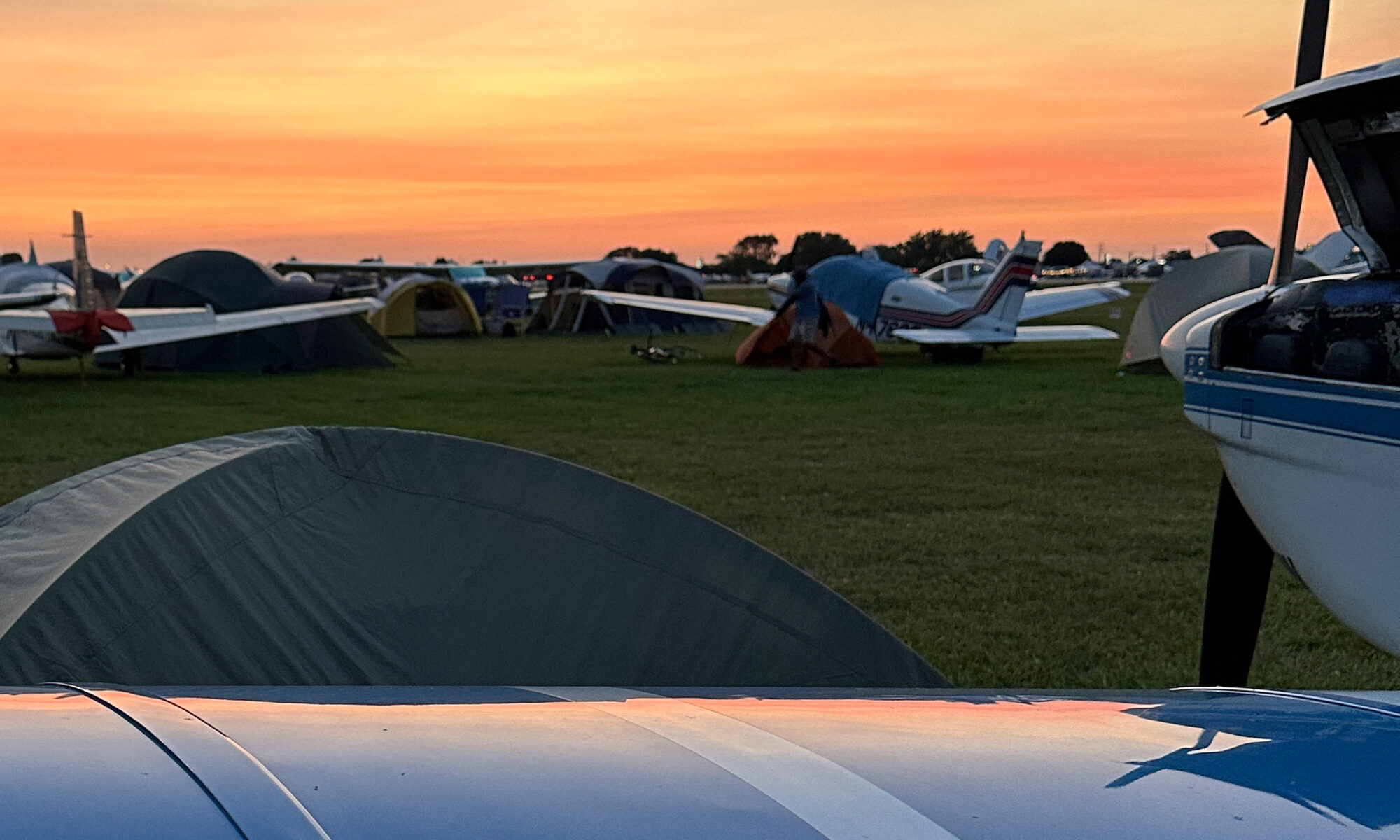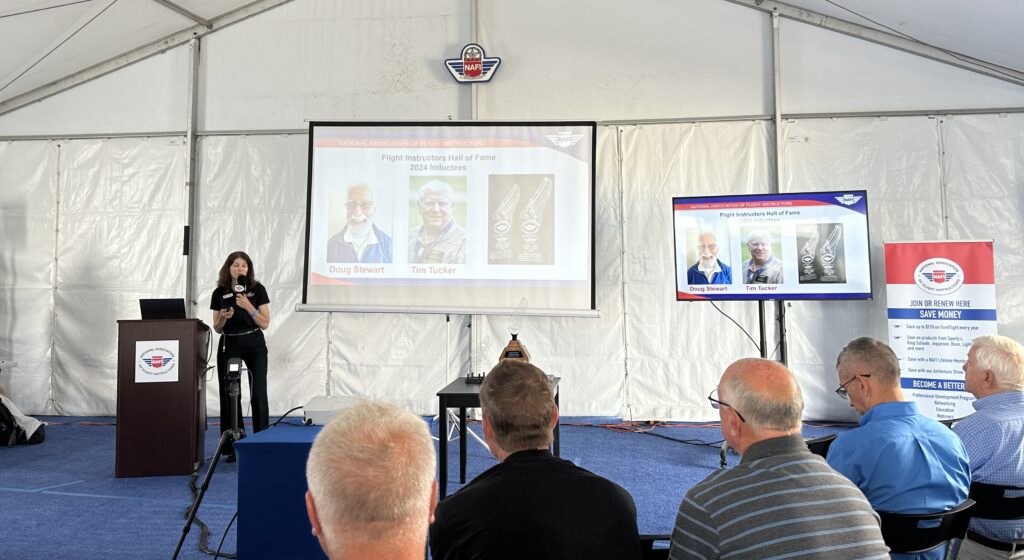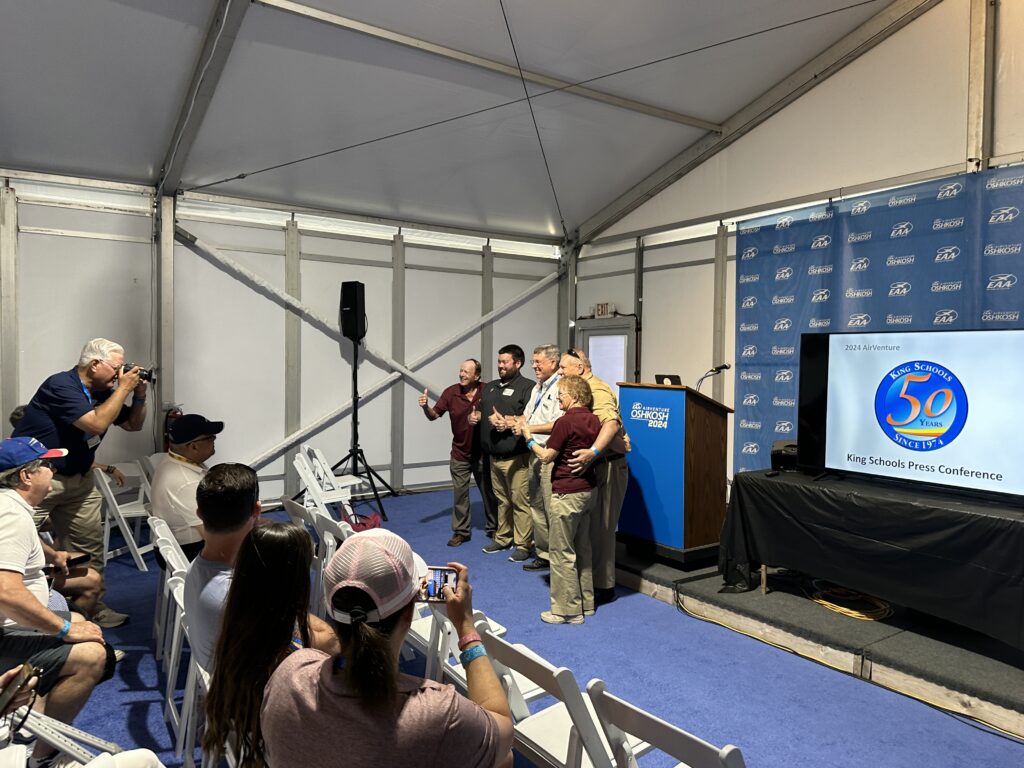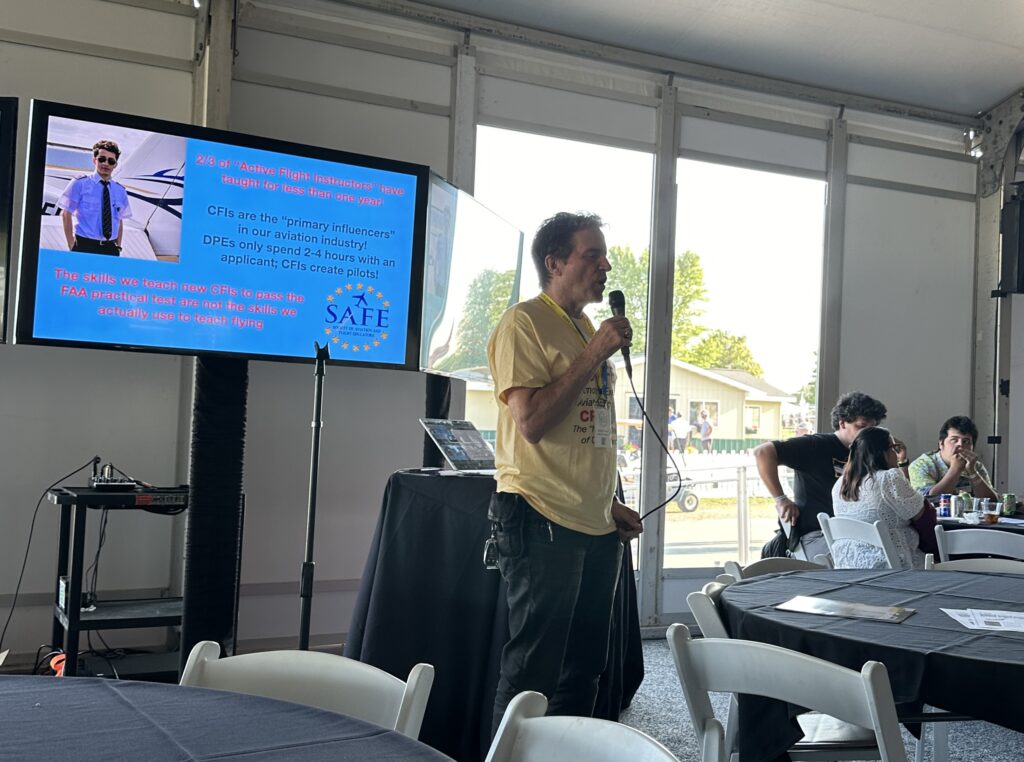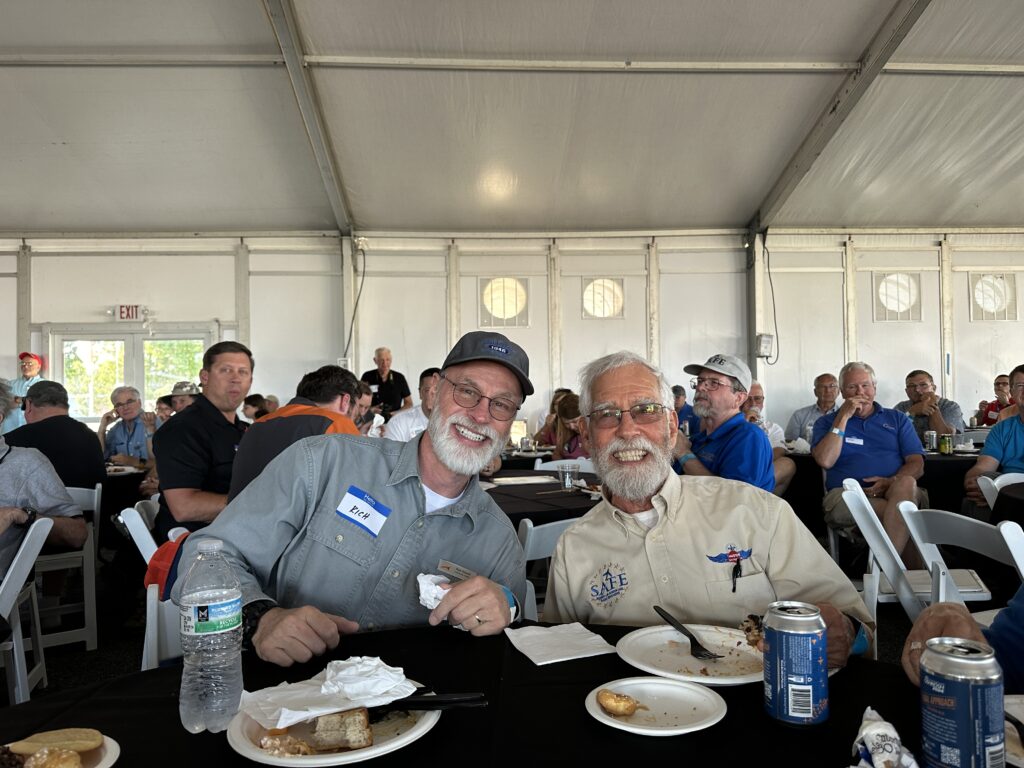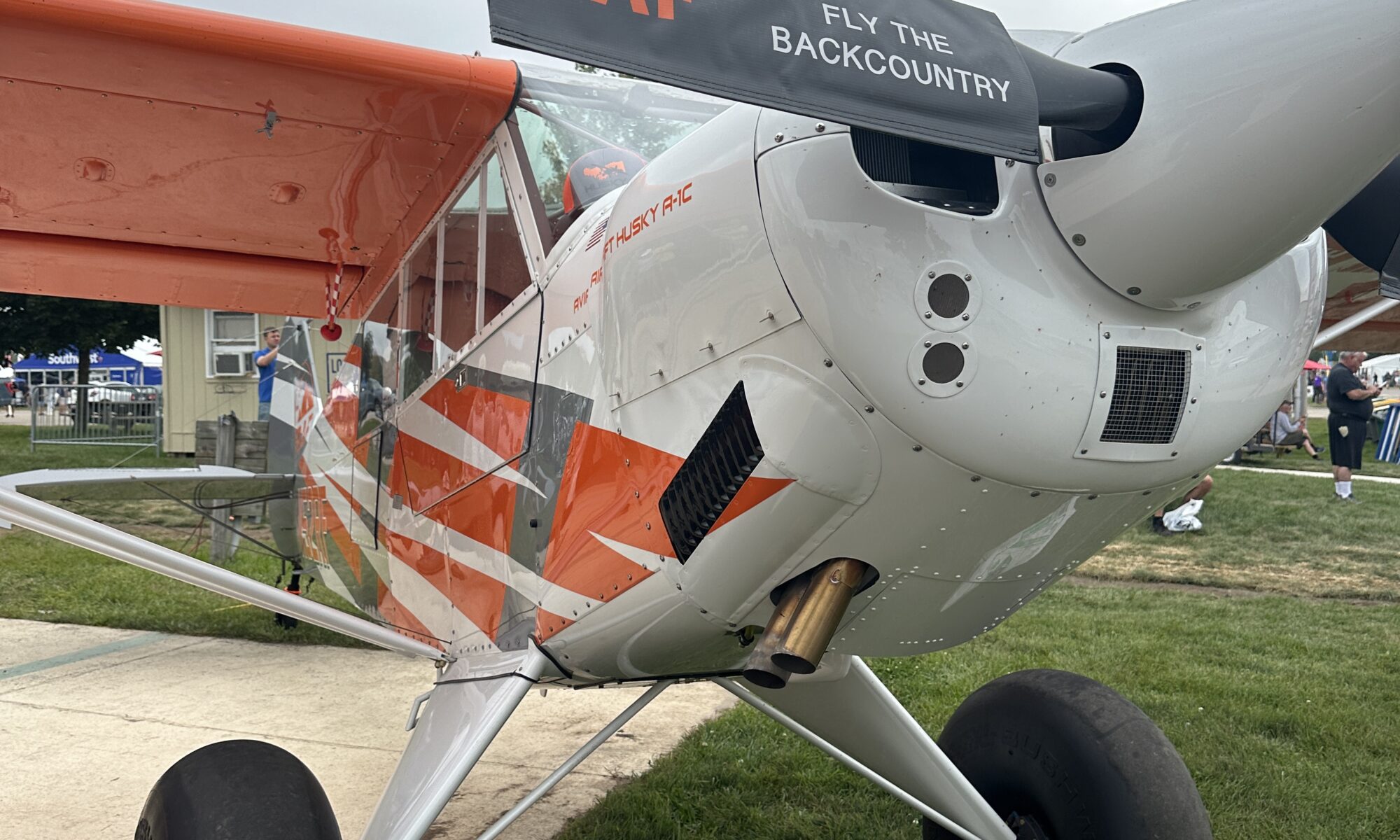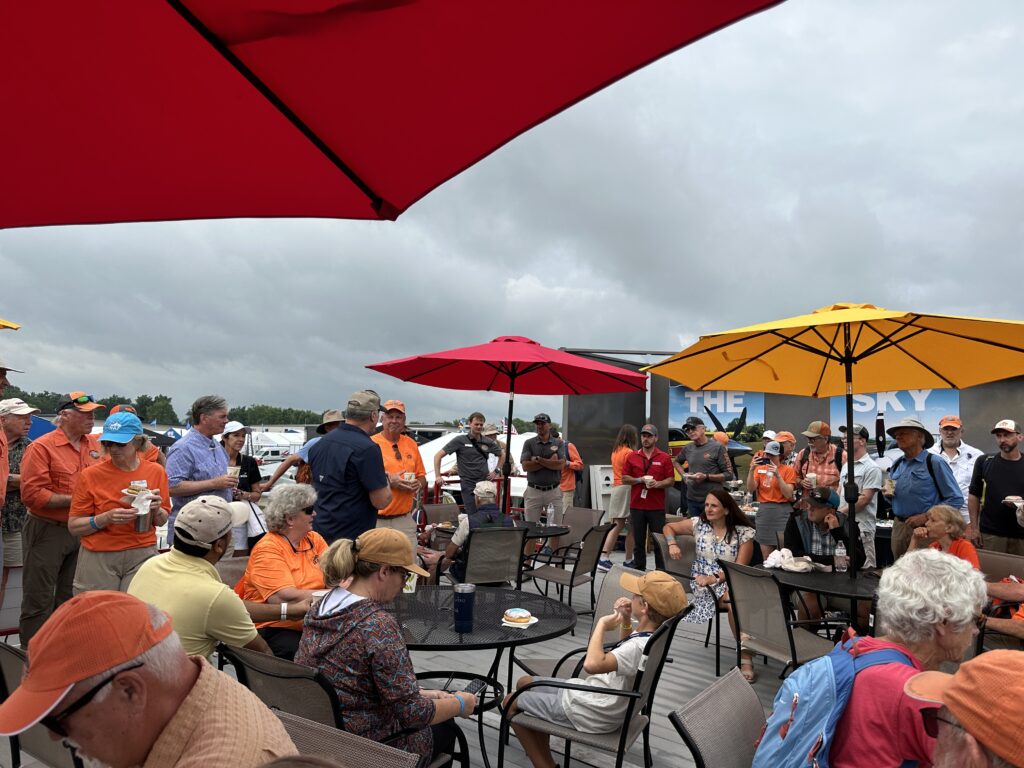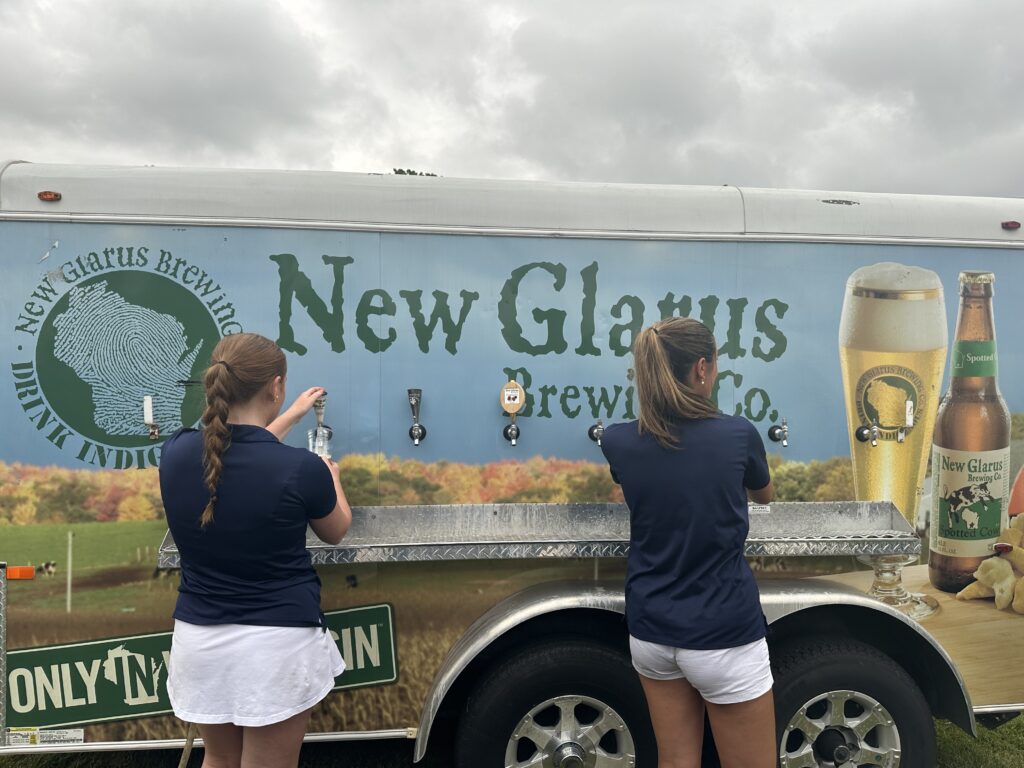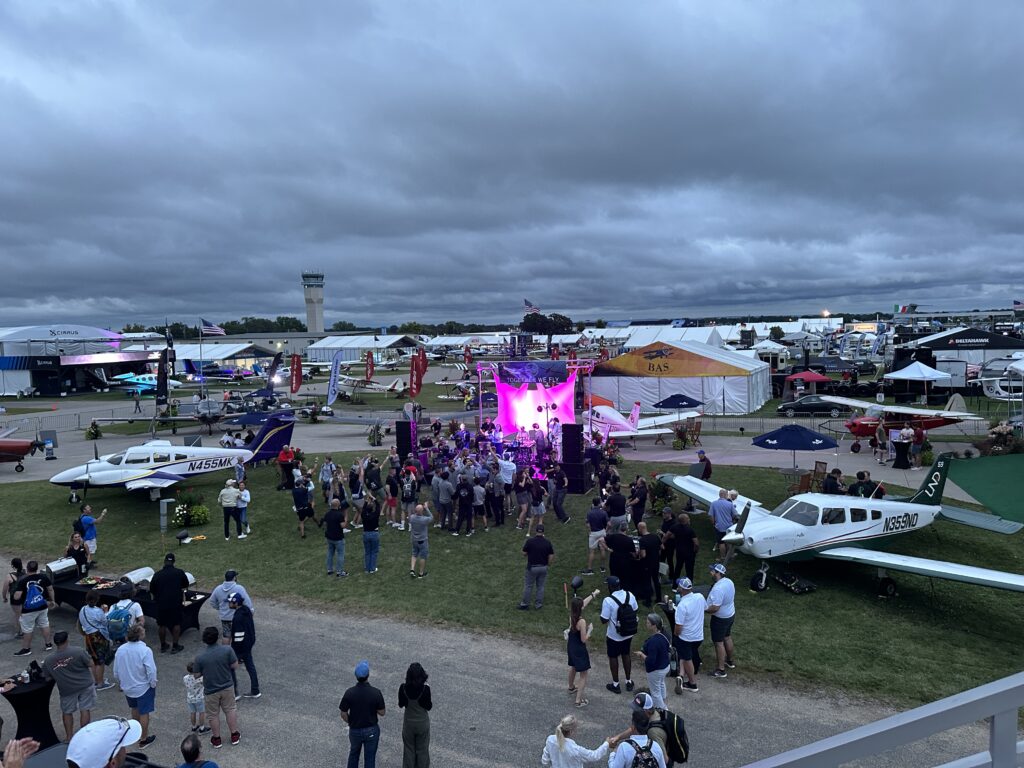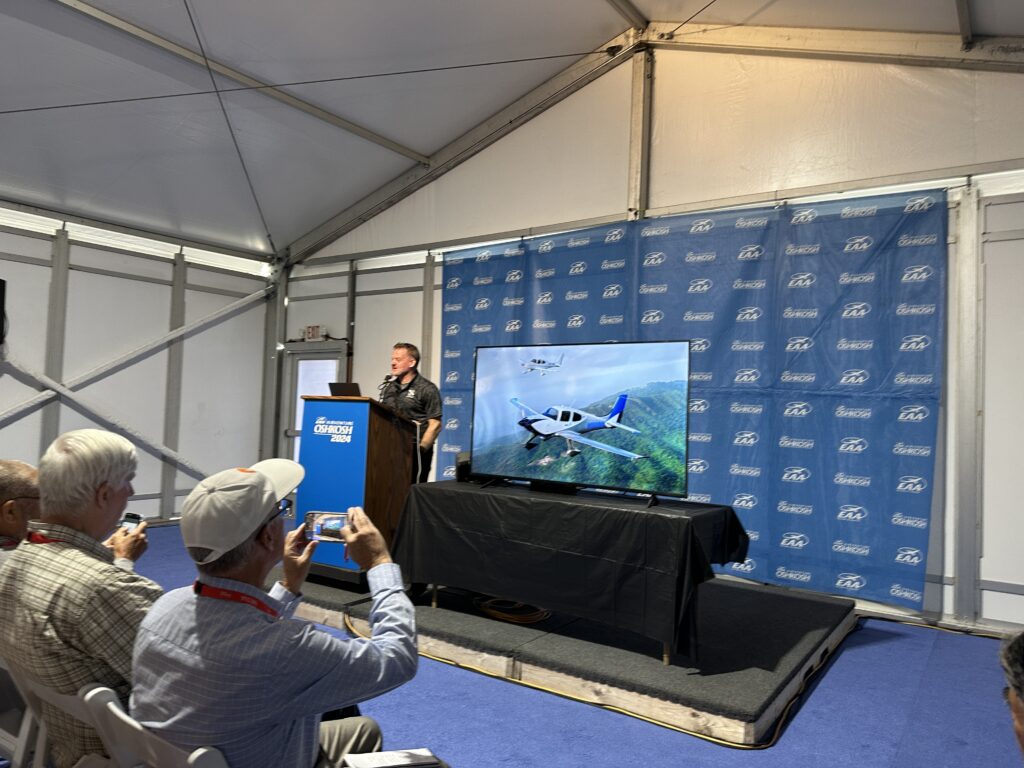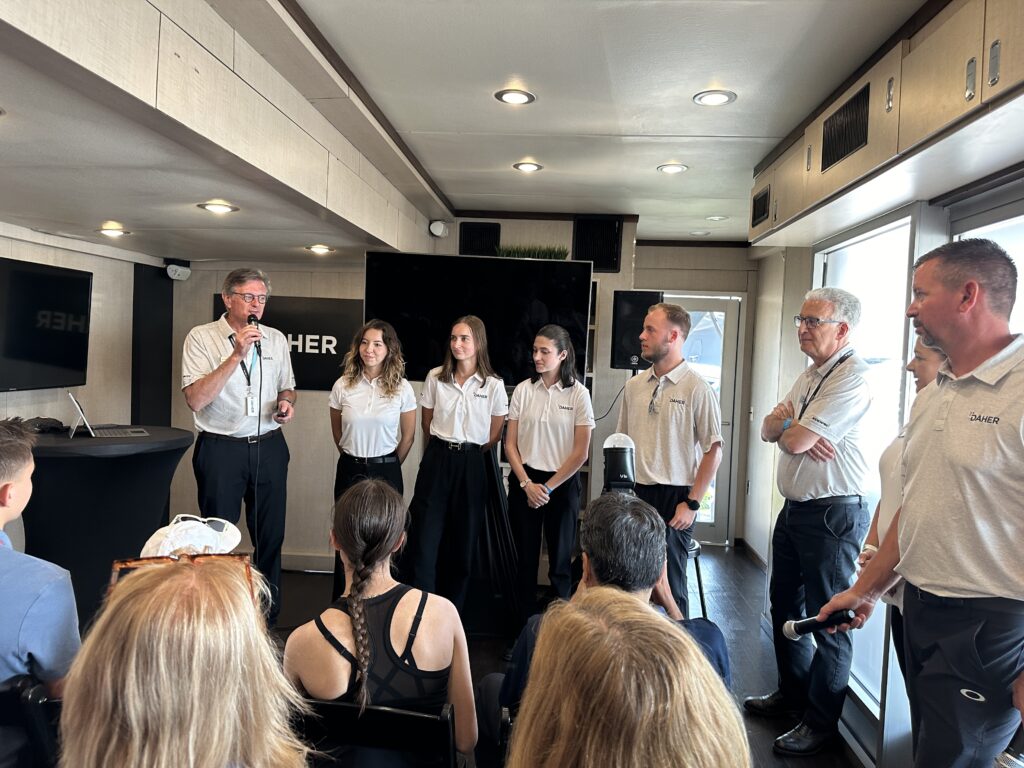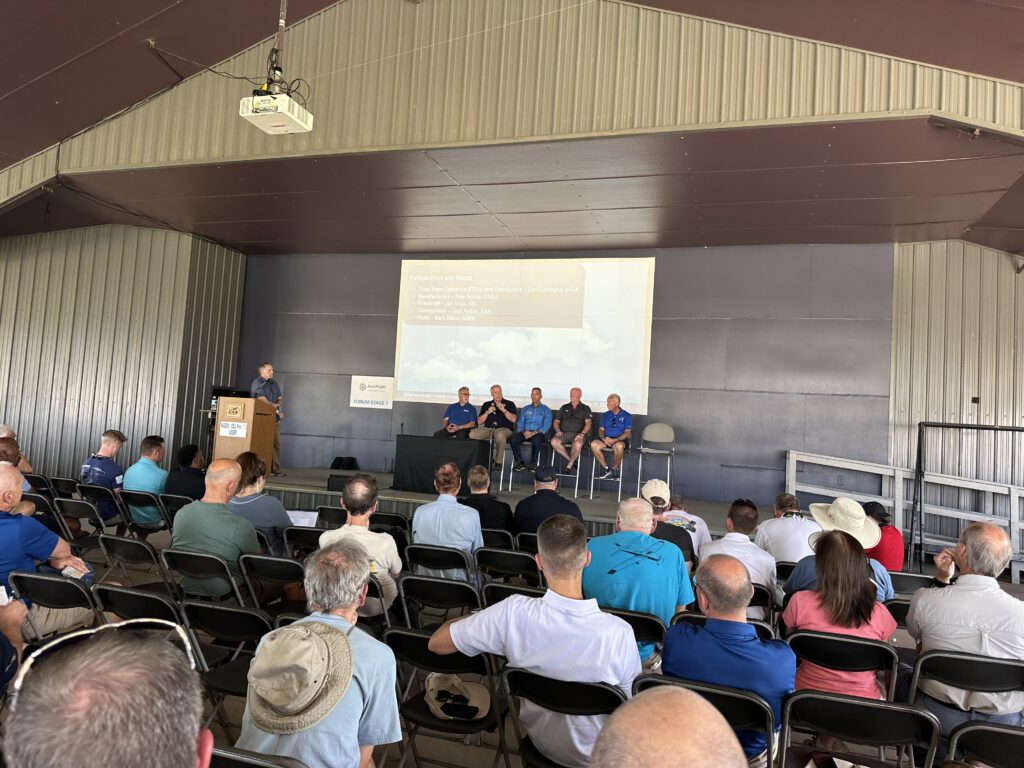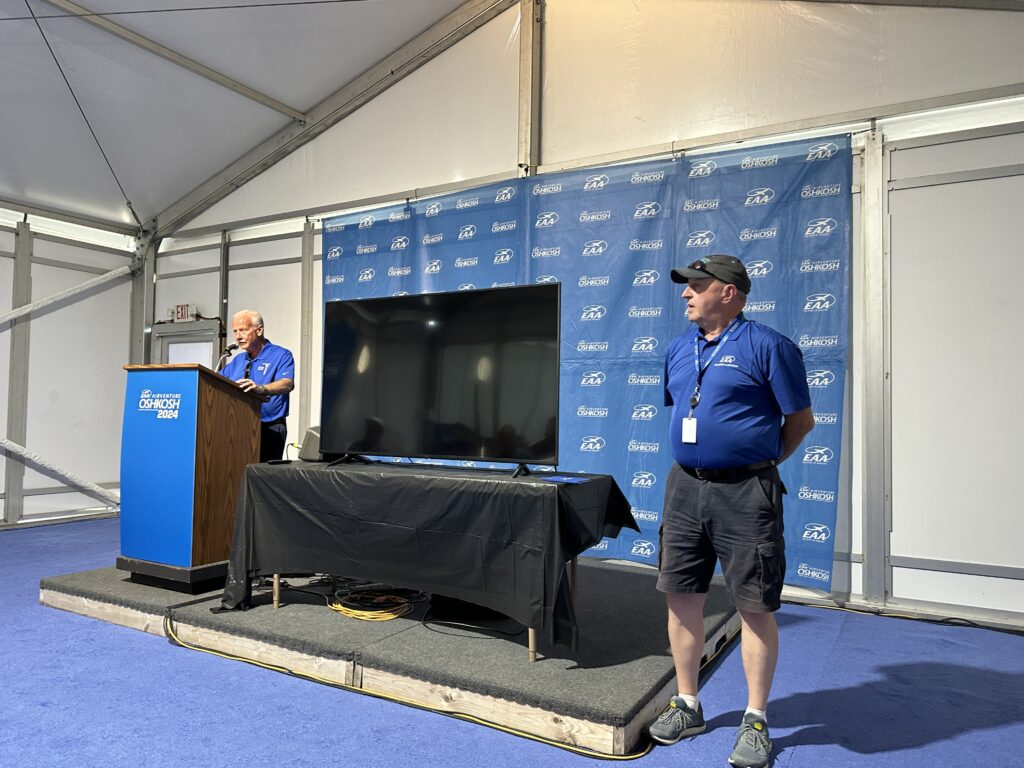The machinations of rulemaking crank through on often mysterious schedules…and we’ve collectively as an industry both suffered and been rewarded as of late with the timeliness of FAA process.
But the stars aligned for NBAA’s team in particular on Tuesday at BACE in Las Vegas, as the FAA released the SFAR (special federal aviation regulation) governing the new powered lift category just in time for administrator Mike Whitaker to sign it into action after his appearance with NBAA president and CEO Ed Bolen at the morning keynote. You could practically hear them popping corks in the D.C. offices all the way to Vegas.
This was the big news I’d alluded to in yesterday’s post. Yes, we have witnessed a milestone in the aviation story.
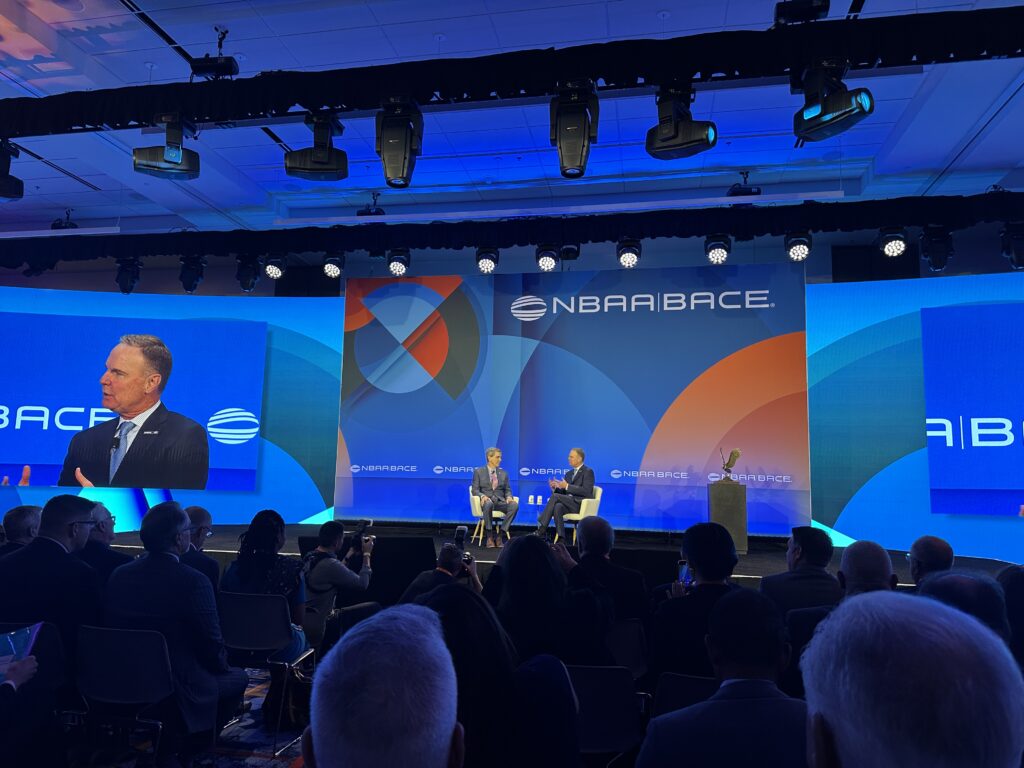
The SFAR on Powered Lift
The ruling and its amendments outline the parameters for pilot certification, operating rules for powered-lift ops, and give guidance on how those aircraft will integrate into the national airspace system (NAS) with fixed- and rotor-wing aircraft. The rules are performance-based, for the most part, which means they generally tell OEMs and operators the metrics they need to achieve rather than prescribing strictly how they will achieve them.
That’s fantastic news for contenders in the market such as Joby, Archer, Lilium, and others who are well on their way into flight testing conforming (or near-conforming) initial production models, standing up the lines to make them, and building out training and support infrastructure.

Electra Aero and eSTOL
But wait… there was more in store yesterday in terms of truly new aircraft program updates. Though their big reveal of the E9 “G0” test article won’t take place til November 13, Electra Aero’s J.P. Stewart and B. Marc Allen walked the media through the progress of the two-seat demonstrator and its test campaign underway in northern Virginia.
As a fan of short takeoff and landing (STOL) airplanes, I love this concept, which uses blown and distributed lift to enable super-slow takeoff and landing speeds, bringing those distances reliably under 150 feet. Stewart reported that they had the airplane down to 22 knots in flight—and they haven’t found the stall speed yet.
Think about that for a second. I can’t wait to witness the 9-seat version flying, likely next year.
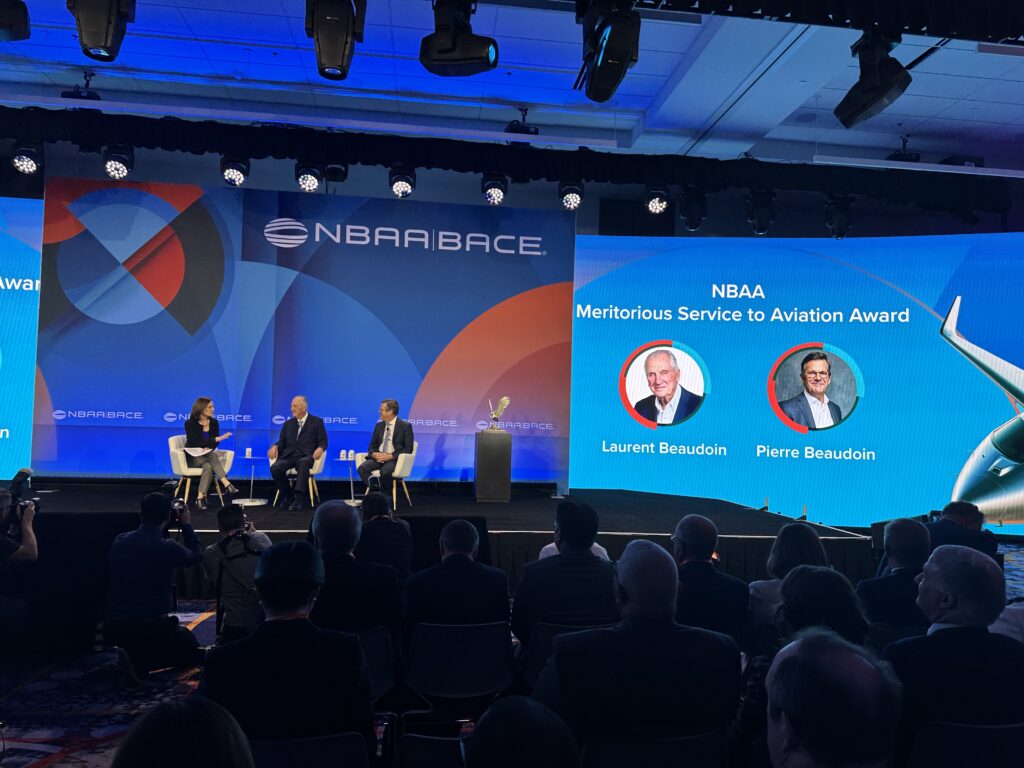
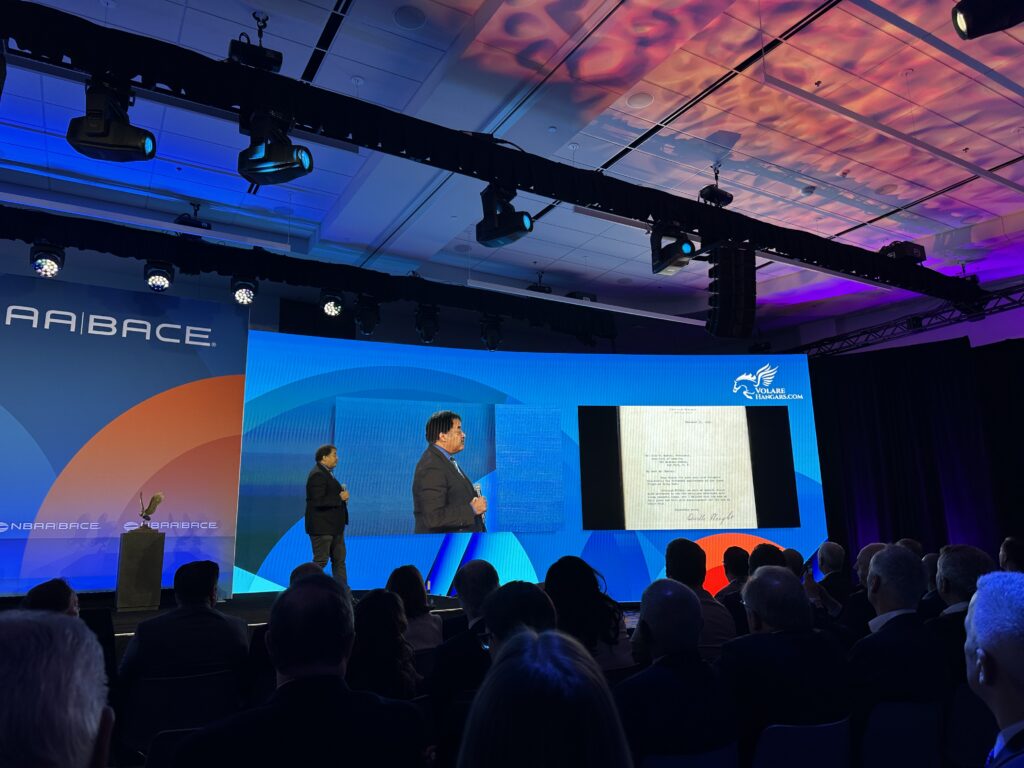
Inspiration… in Great Leaders
The other keynotes also touched the SRO audience at the morning session. First, Laurent and Pierre Beaudoin, the father-and-son leaders of Bombardier, received the Meritorious Service Award from NBAA for their dedication to building a benchmark airframe OEM out of a company that manufactured snowmobiles in Quebec in the 1960s.
And Joby’s Bonny Simi—riding a serious high with the SFAR now enabling her to press forward in defining ops and training for the eVTOL OEM—delighted in her conversation with astrophysicist/personality Neil deGrasse Tyson. We all did. Tyson managed to paint with words the picture of his 9-year-old self first seeing the stars inside a planetarium, and feeling so moved that he would make astrophysics his life’s work. I’m putting his book, Astrophysics for People in a Hurry, on my reading list. It’s one of Bonny’s faves, she says. Good enough for me.
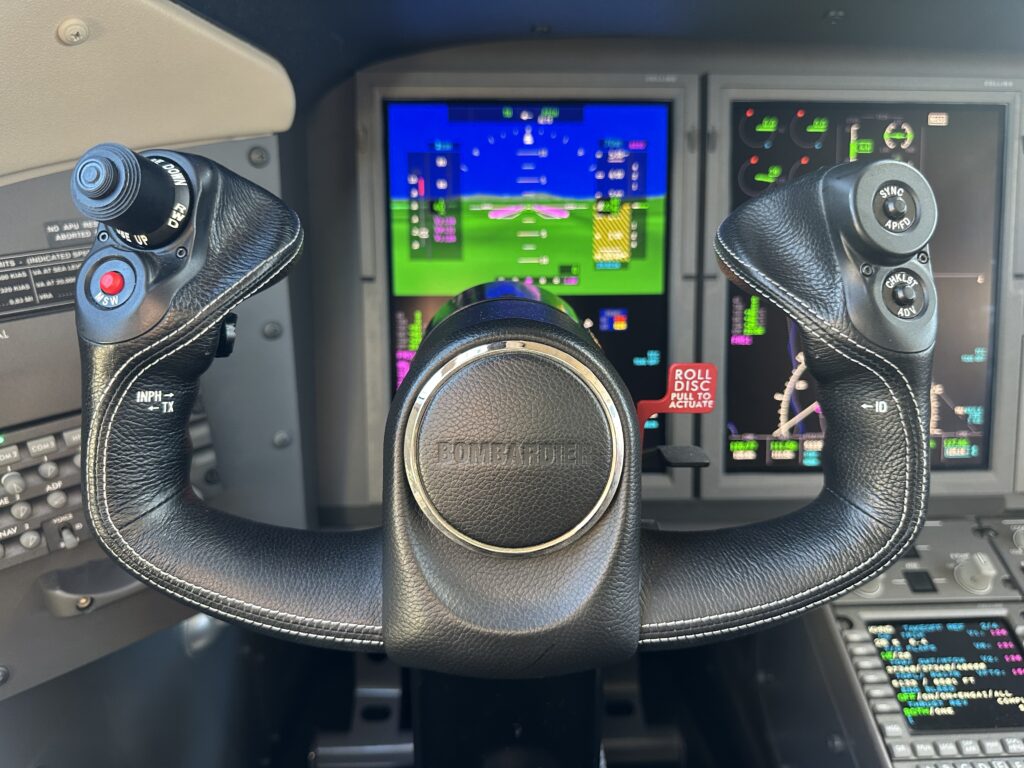
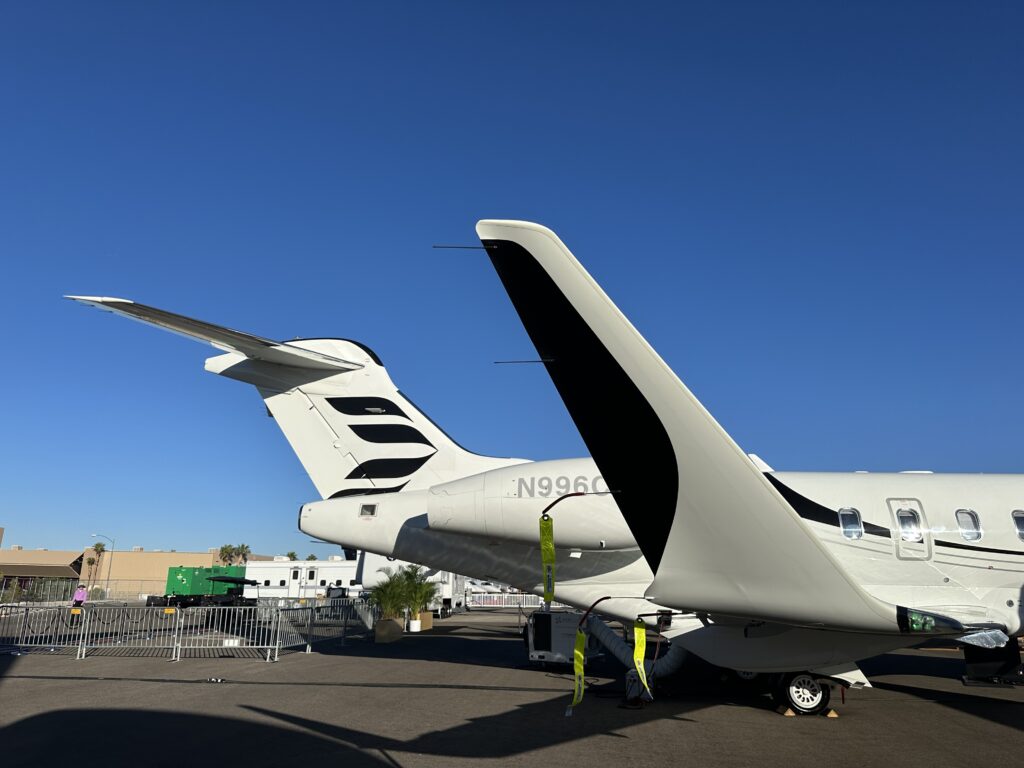
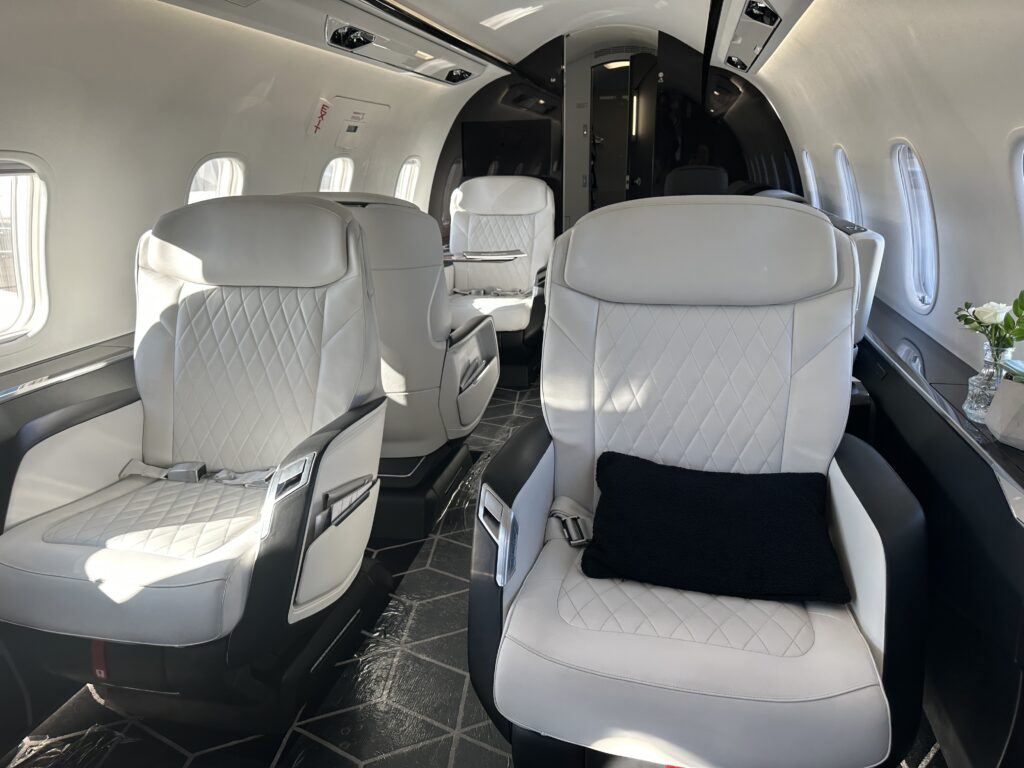
Inspiration… in Great Airplanes
In the afternoon, I made it out to the static display at Henderson airport (KHND), to meet up with Bombardier’s comms team for an introduction to the Challenger 3500. With this update to the legendary CL-30 type, Bombardier has made a workhorse of the corporate fleet into a thoroughbred. I don’t usually turn right upon entering a business jet, but I needed to try out the Nuage seats that line the bright, well-windowed cabin.
But I didn’t get too comfortable, because demo pilot Mark Ohlau had a tour ready for me of the Collins Pro Line 21 Advanced integrated flight deck. I nestled into the left seat behind the significant and traditional leather-covered yoke, and he walked me through the pilot-centered “dark cockpit,” so well organized that it doesn’t need an overhead panel. Ohlau especially likes the MultiScan weather radar, which has enabled his trips all around the globe in the airplane—including a recent bucket-list approach into Paro, Bhutan.
Stay tuned for a full pilot report to come…
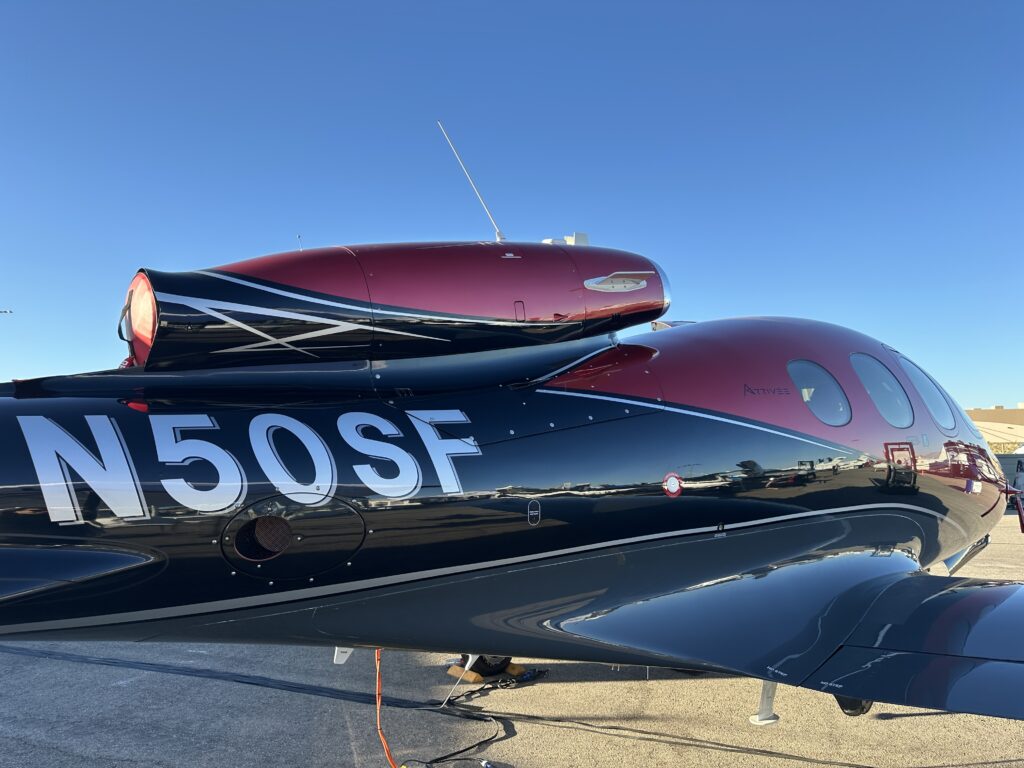
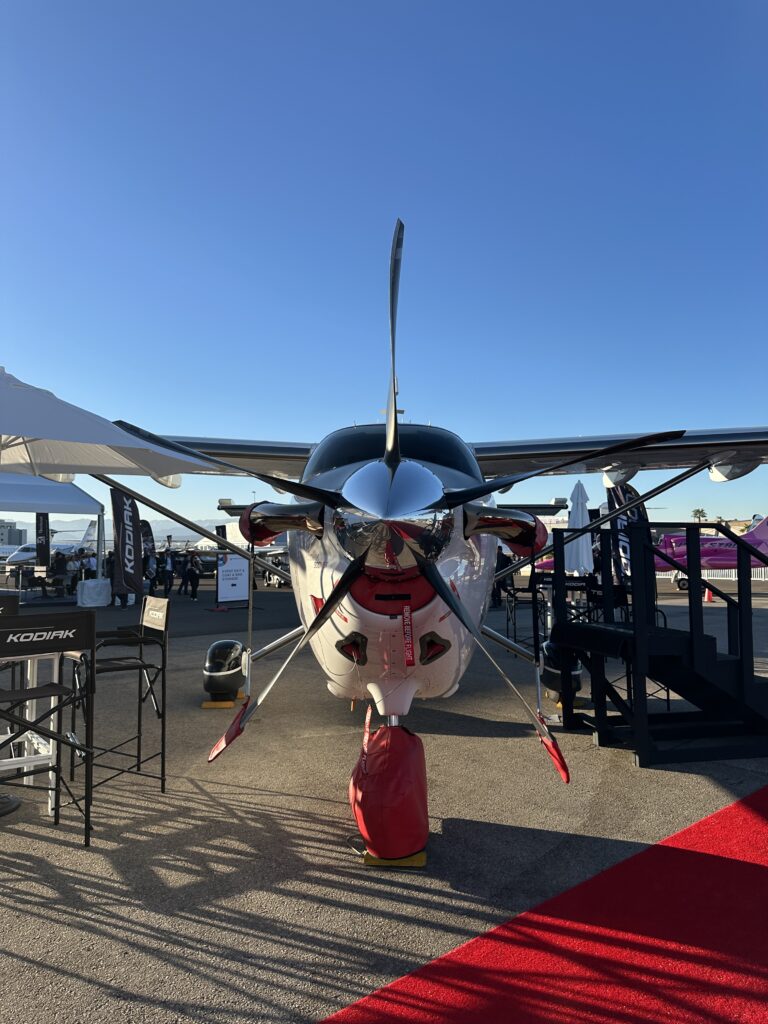
I visited other favorite airplanes on the display, in particular the latest Cirrus SR G7 launch edition, and the SF50 Vision Jet Microsoft Flight Sim edition, in honor of its inclusion in the latest release of that software. I also took some time to admire the latest Daher Kodiak 900, the multi-mission APEX version, with a digital camo paint scheme to suit its Swiss-Army-knife capabilities in the field.
Looking forward to my Day Three at the show…prepping for the Climbing.Fast panel with business aviation leaders who champion the sustainability cause. That facet of BACE kicked off Tuesday morning (early…yawn!) with a panel update co-hosted by GAMA.
I get up that early just to see what stylish (and sustainable?) ensemble Embraer’s Michael Amalfitano has pulled together… always check the socks.
